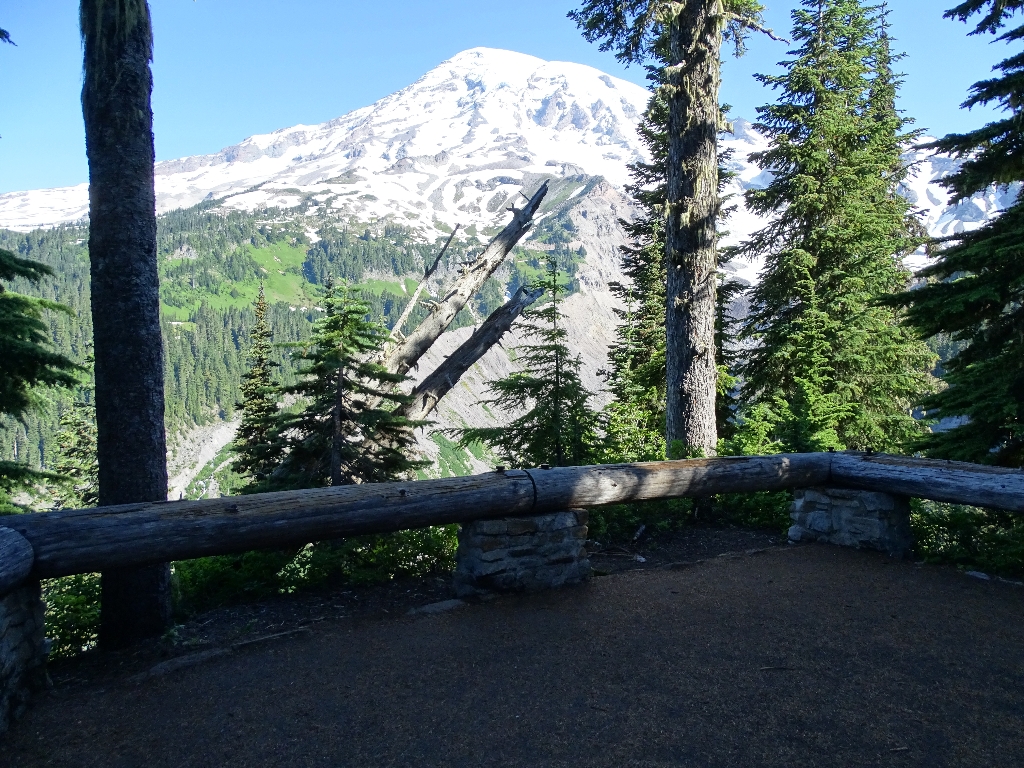
As one of the tallest and snowiest mountains in North America, Mount Rainier creates a perfect environment for glaciers. Glaciers form when, for many decades, more snow falls in winter than melts in summer. As succeeding snows accumulate, their weight compresses the air space out of the snowpack, and the individual crystals bond together into glacial ice. Mount Rainier currently is encircled by 25 glaciers and has been significantly shaped by their presence.
As we have discovered, glaciers are capable of powerful erosion and transporting large amounts of material. Over the last 6,000 years, this erosion has reduced the height of the mountain by an estimated 1,000 feet (300 meters) and carved features into the face of the mountain. Deep U-shaped valleys are typical in the lower regions of some of the largest glaciers, while steep-walled bowls known as cirques and sharp peaks called horns are characteristic of glacial erosion on the upper mountain.
The glaciers transport eroded rocks into the riverbed below, and much of the rock accumulates at the edges of the glacier, forming ridges called moraines. If the ridge forms on the side of a glacier it’s called a lateral moraine; if it forms at the end of the glacier, it’s a terminal moraine. The occurrence of moraines is important because they are used to determine the size of glaciers during earlier, colder times. The lateral moraine on the far side of the valley was formed during the glacier's last major advance, around 1840. The sharp edge at the top of the moraine marks the upper surface of the glacier during that time.
As we have discovered, glaciers are capable of powerful erosion and transporting large amounts of material. Over the last 6,000 years, this erosion has reduced the height of the mountain by an estimated 1,000 feet (300 meters) and carved features into the face of the mountain. Deep U-shaped valleys are typical in the lower regions of some of the largest glaciers, while steep-walled bowls known as cirques and sharp peaks called horns are characteristic of glacial erosion on the upper mountain.
The glaciers transport eroded rocks into the riverbed below, and much of the rock accumulates at the edges of the glacier, forming ridges called moraines. If the ridge forms on the side of a glacier it’s called a lateral moraine; if it forms at the end of the glacier, it’s a terminal moraine. The occurrence of moraines is important because they are used to determine the size of glaciers during earlier, colder times. The lateral moraine on the far side of the valley was formed during the glacier's last major advance, around 1840. The sharp edge at the top of the moraine marks the upper surface of the glacier during that time.
Is there something we missed for this itinerary?
Itineraries across USA
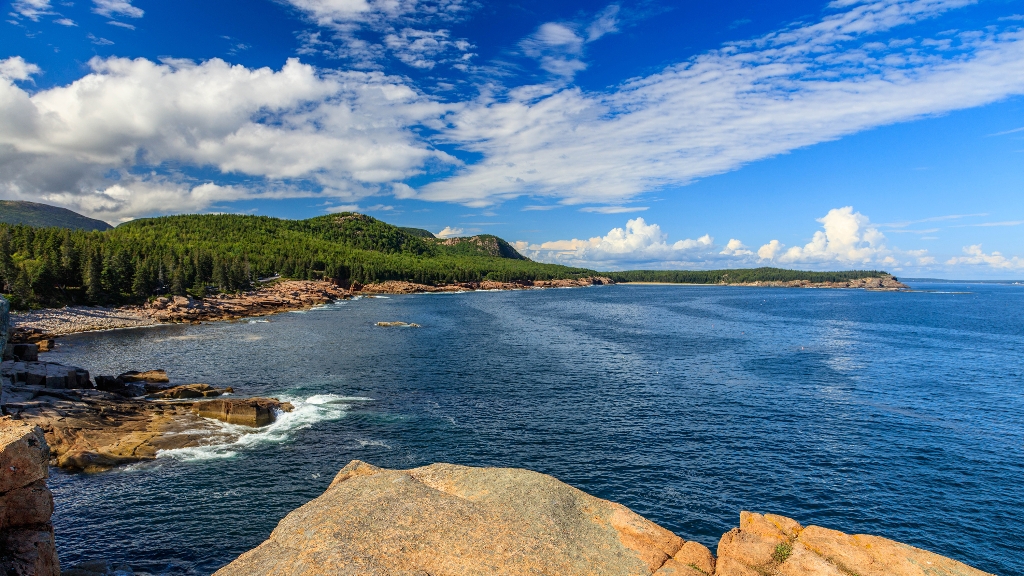
Acadia
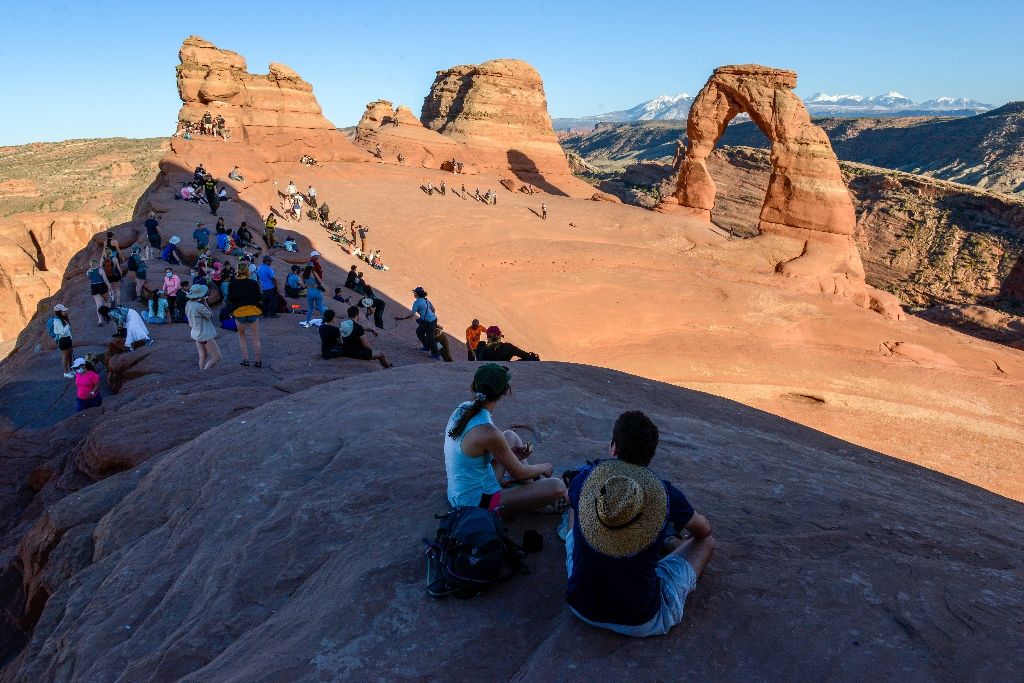
Arches National Park
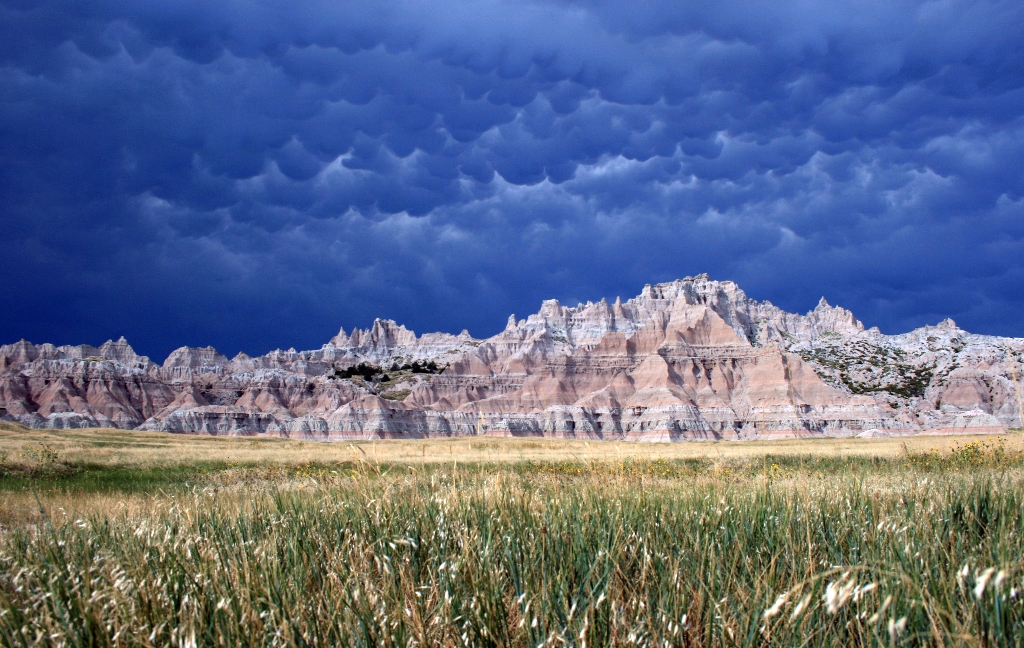
Badlands
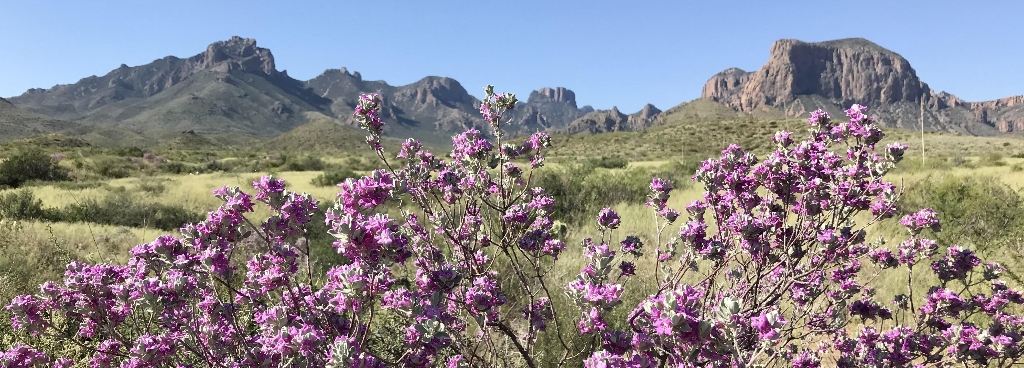
Big Bend
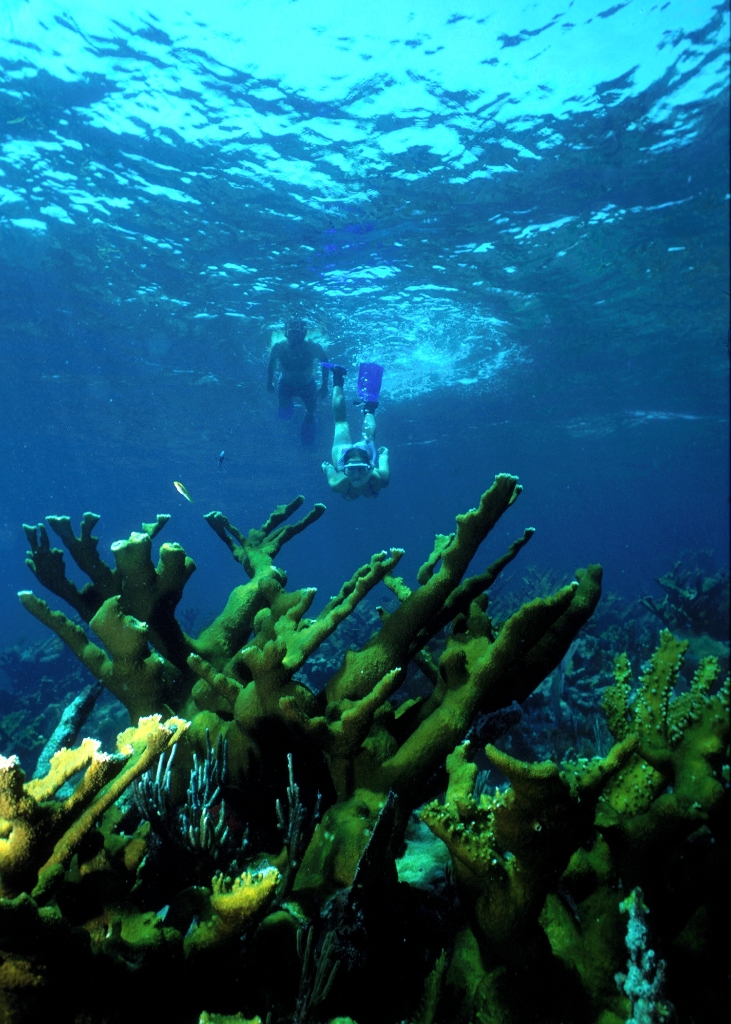
Biscayne
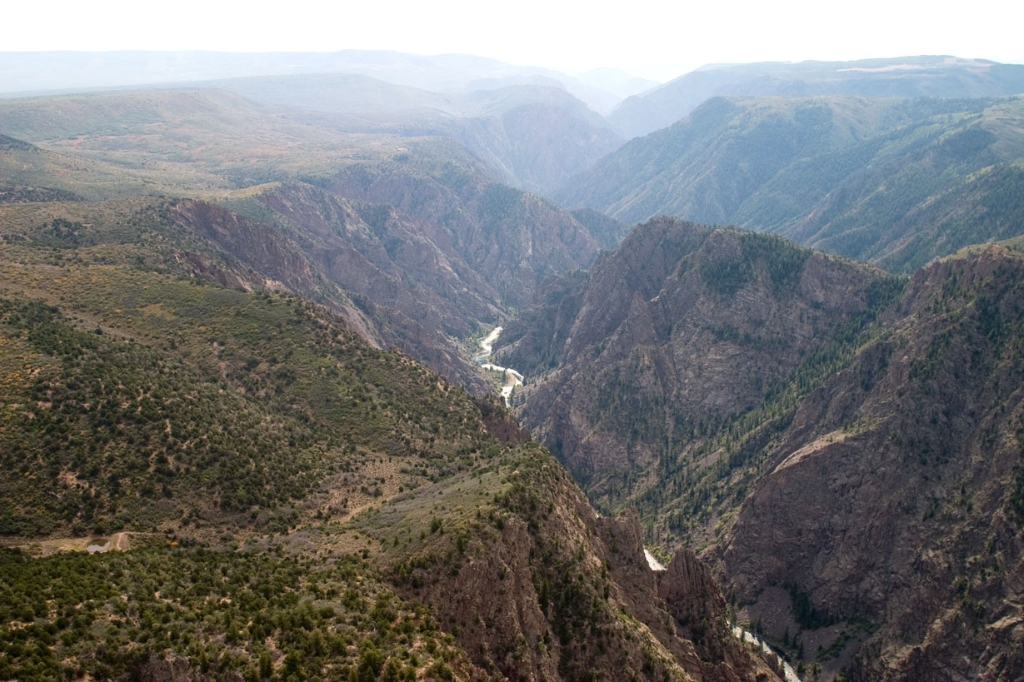
Black Canyon Of The Gunnison
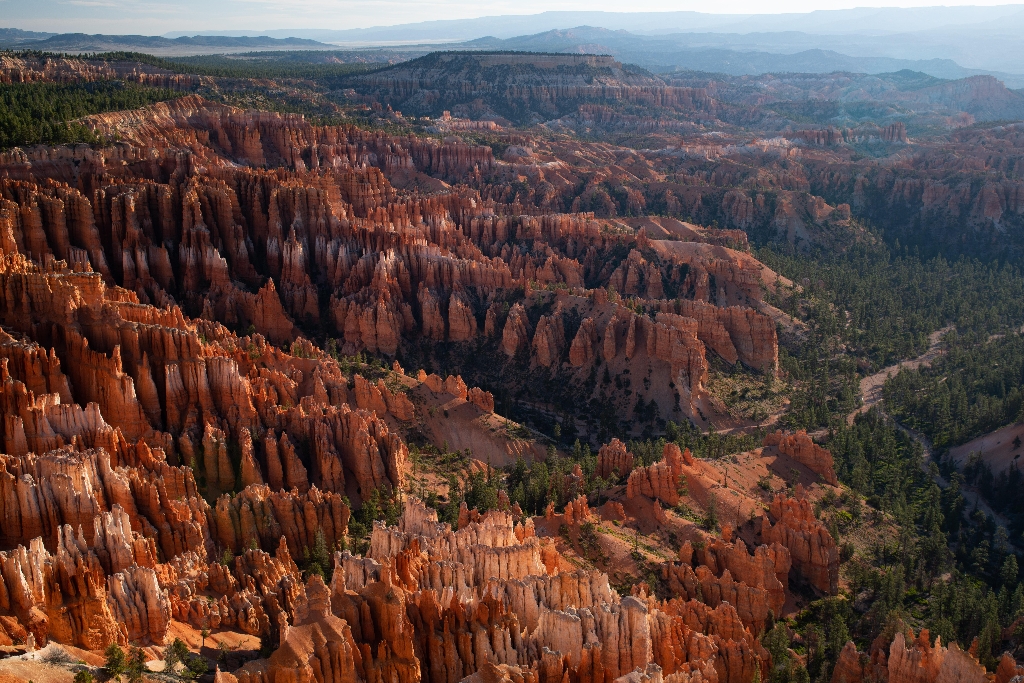
Bryce Canyon
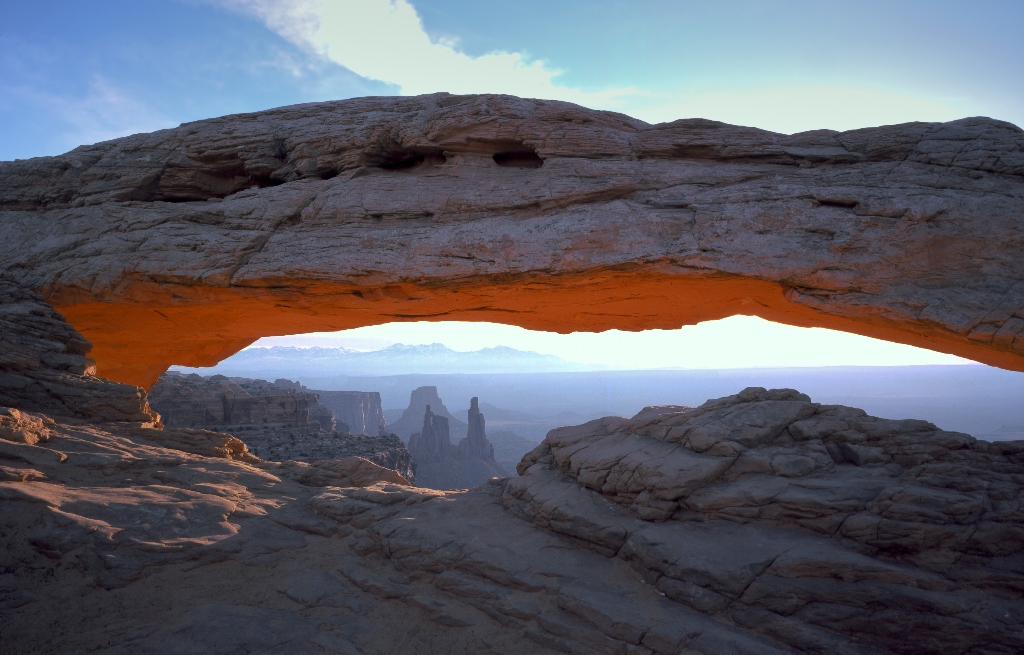
Canyonlands
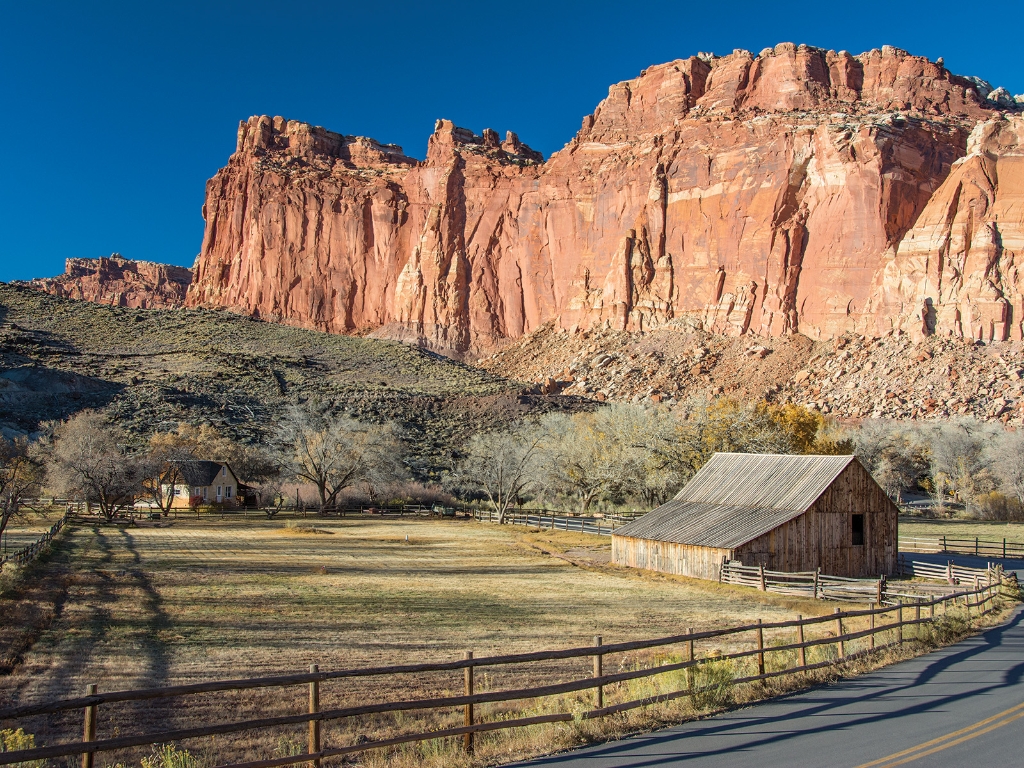
Capitol Reef

Carlsbad Caverns
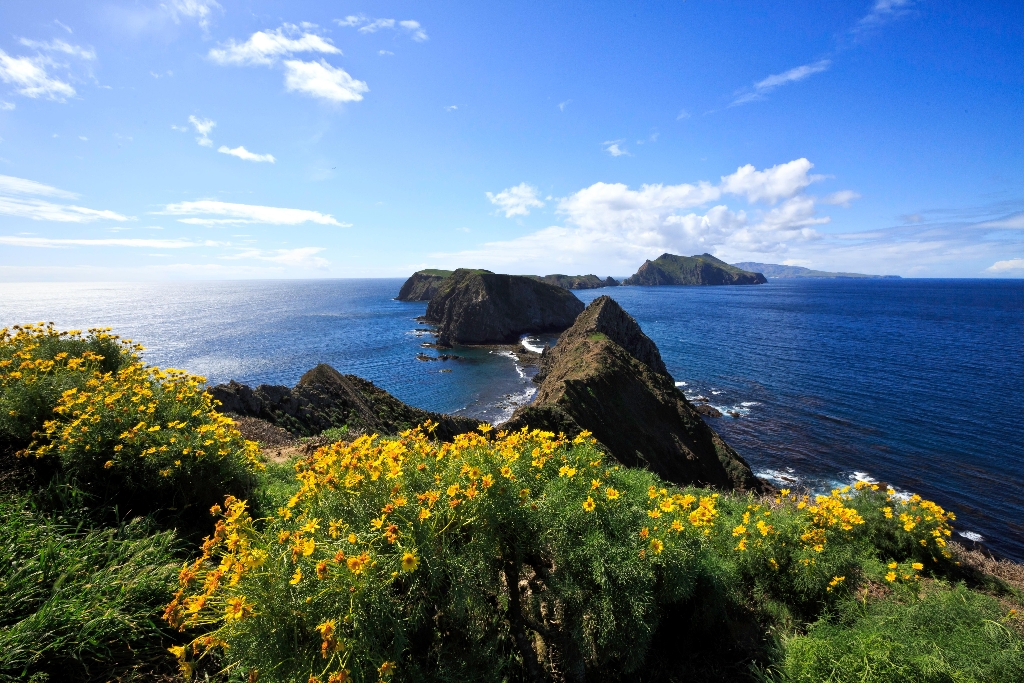
Channel Islands
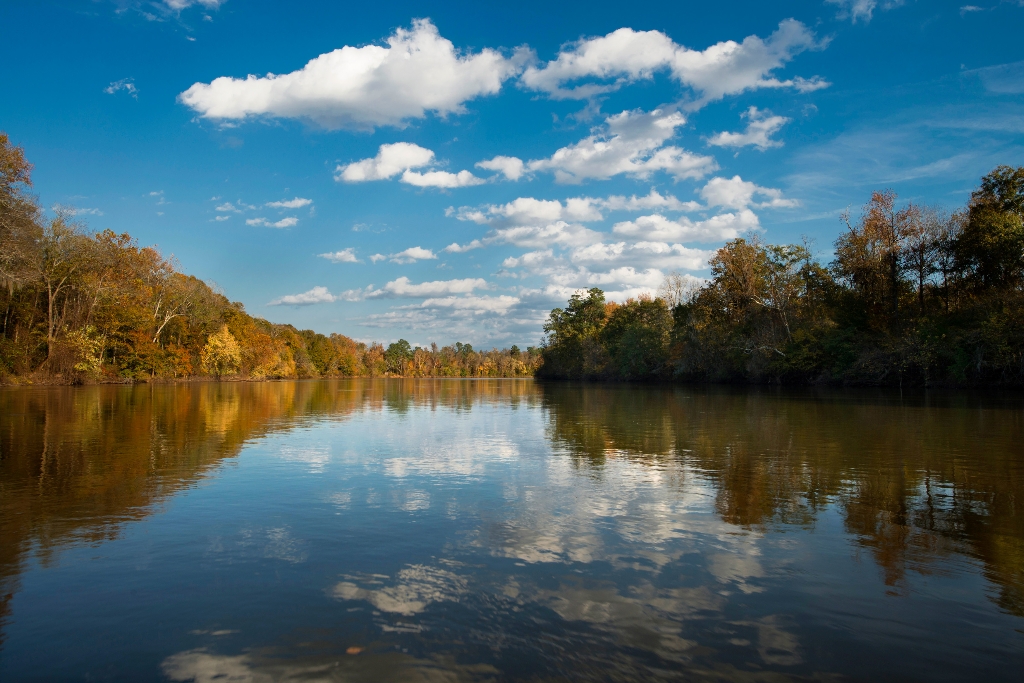
Congaree
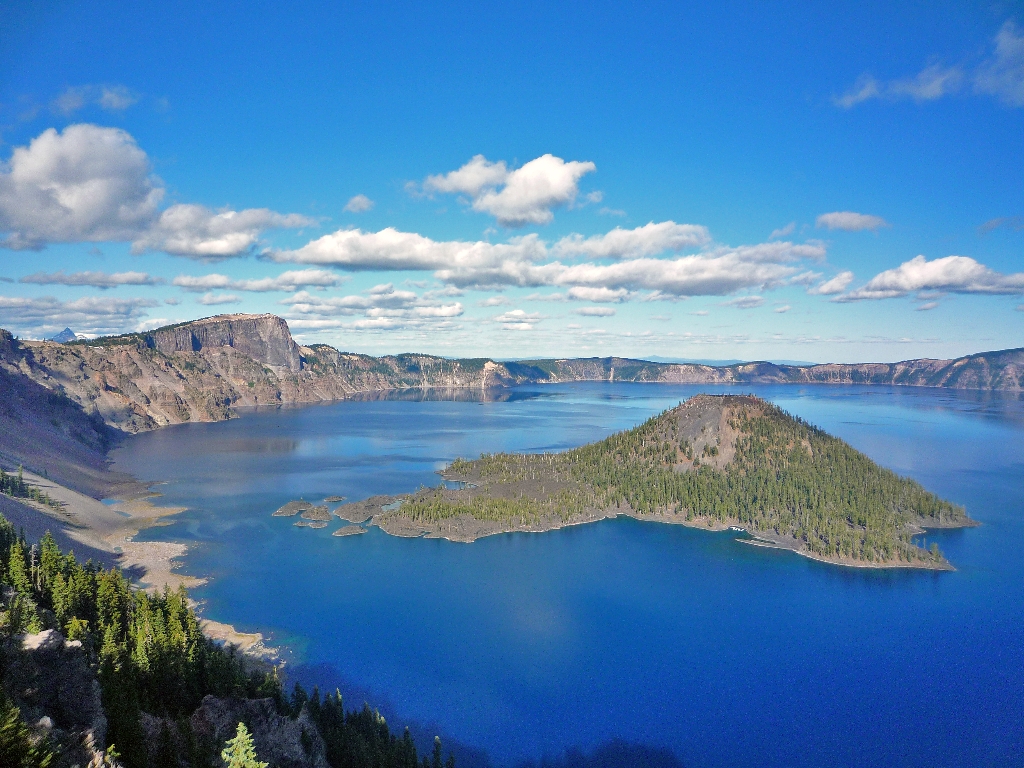
Crater Lake
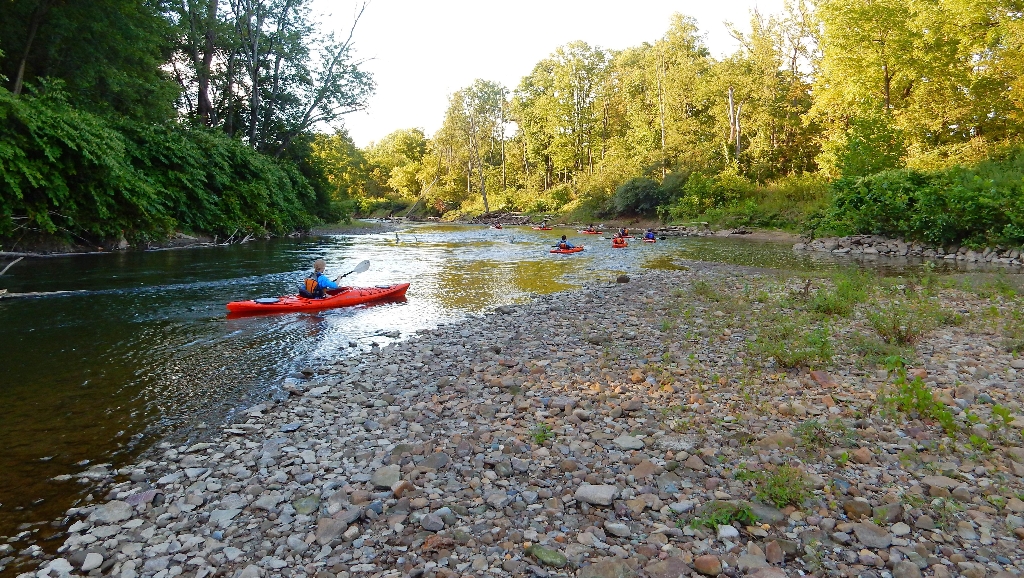
Cuyahoga Valley
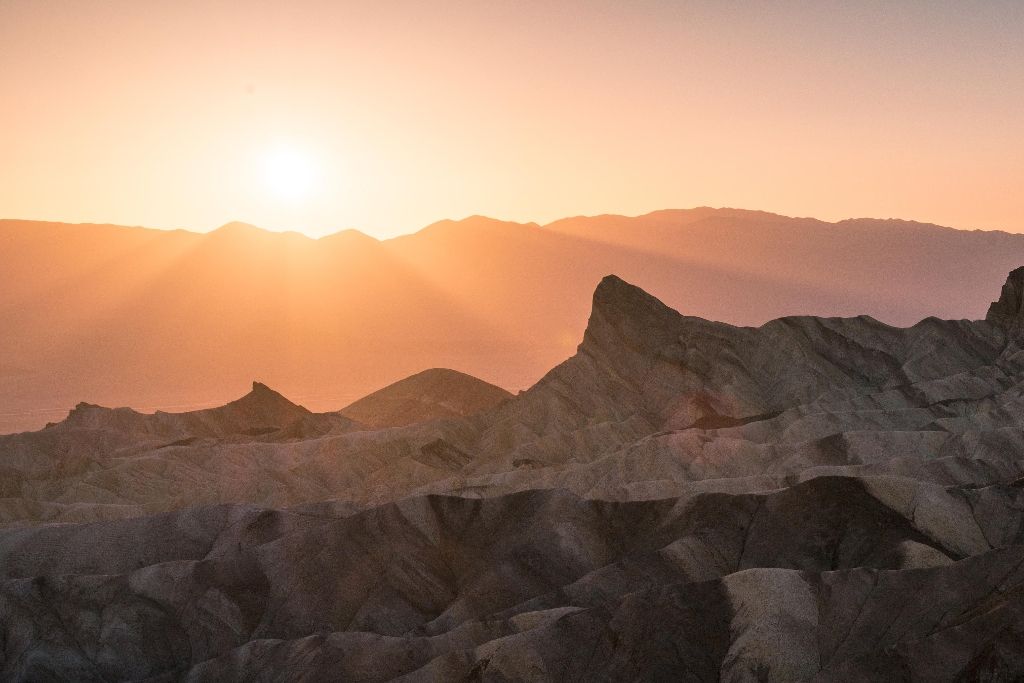
Death Valley
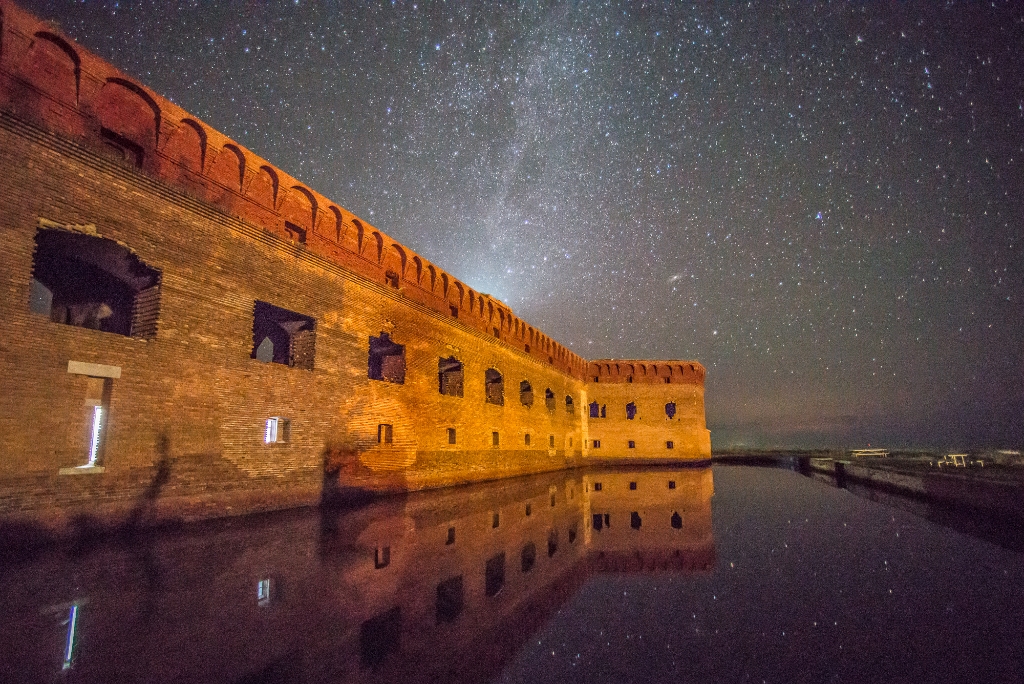
Dry Tortugas
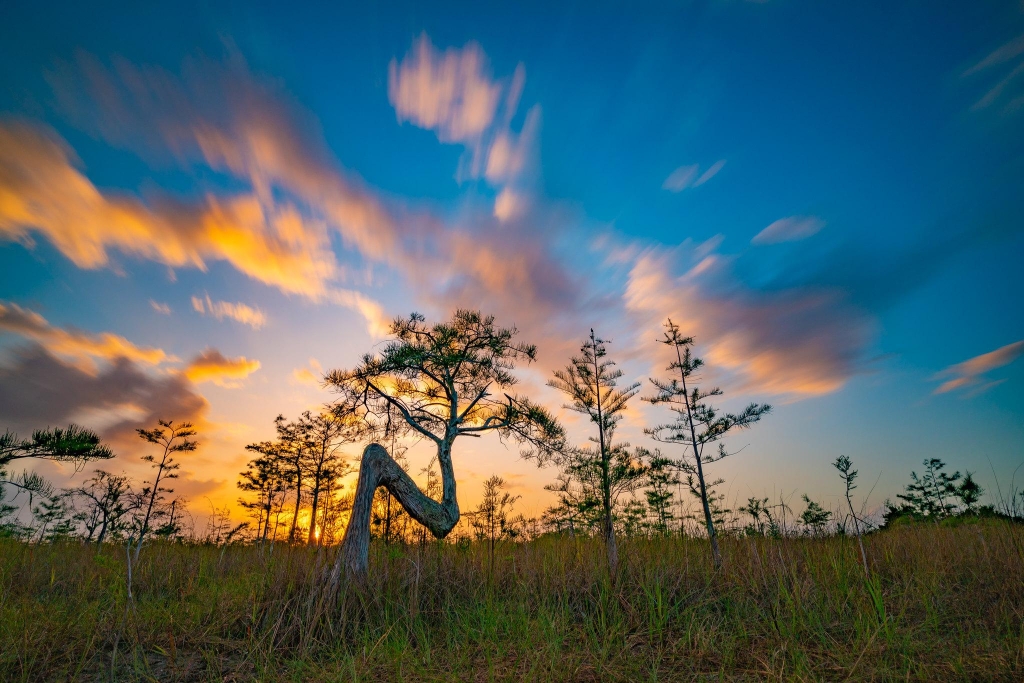
Everglades
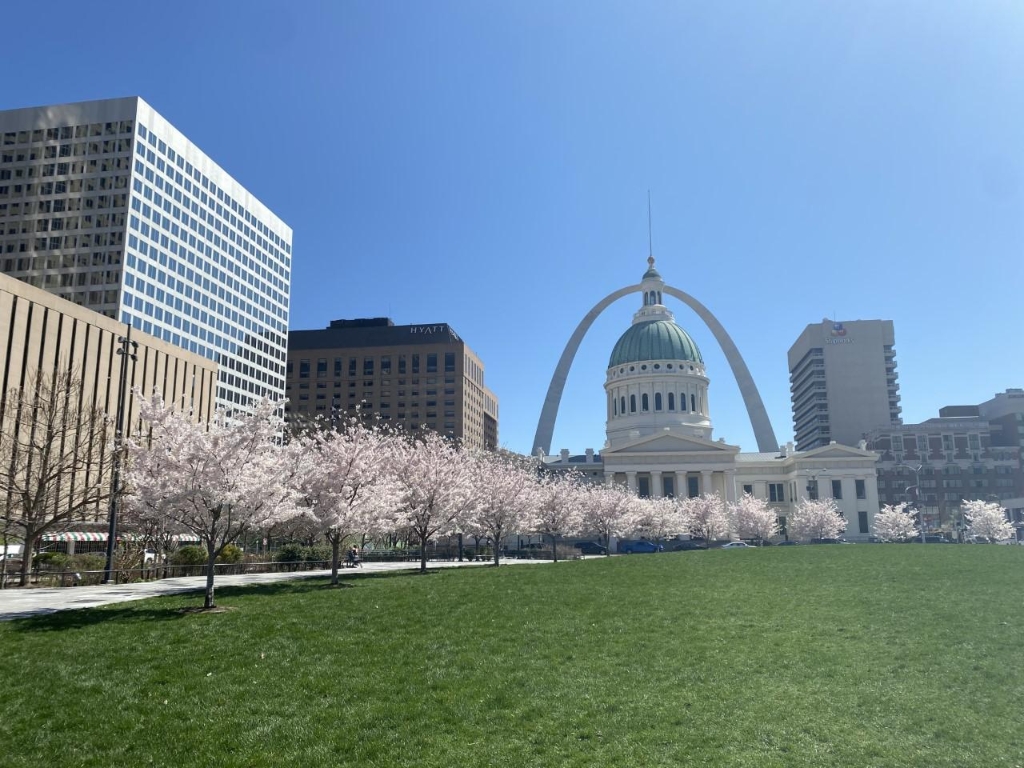
Gateway Arch
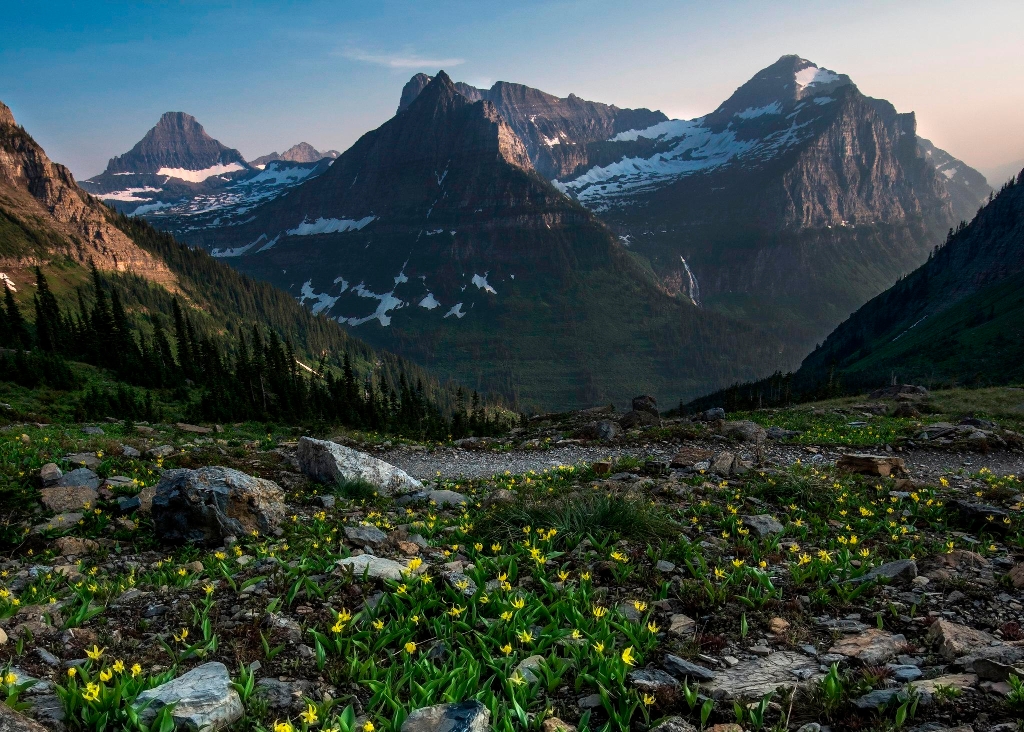
Glacier
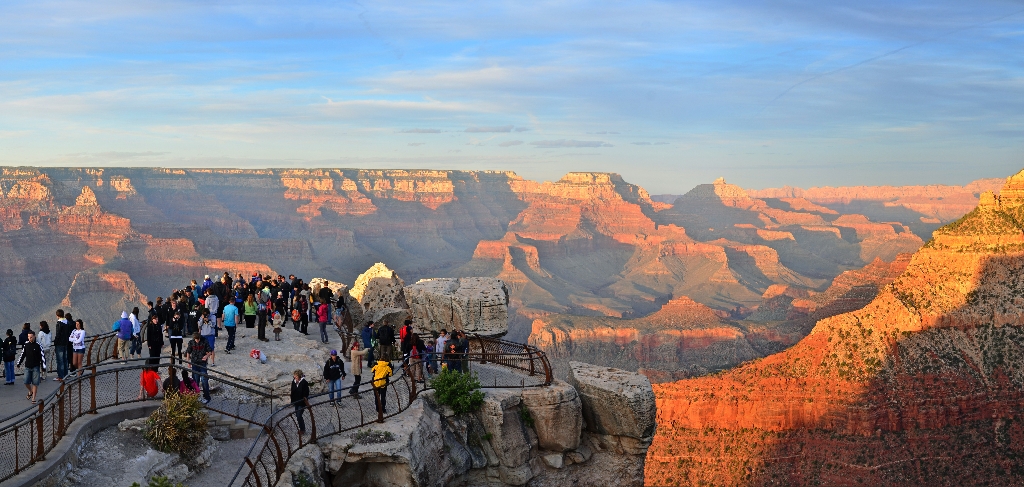
Grand Canyon
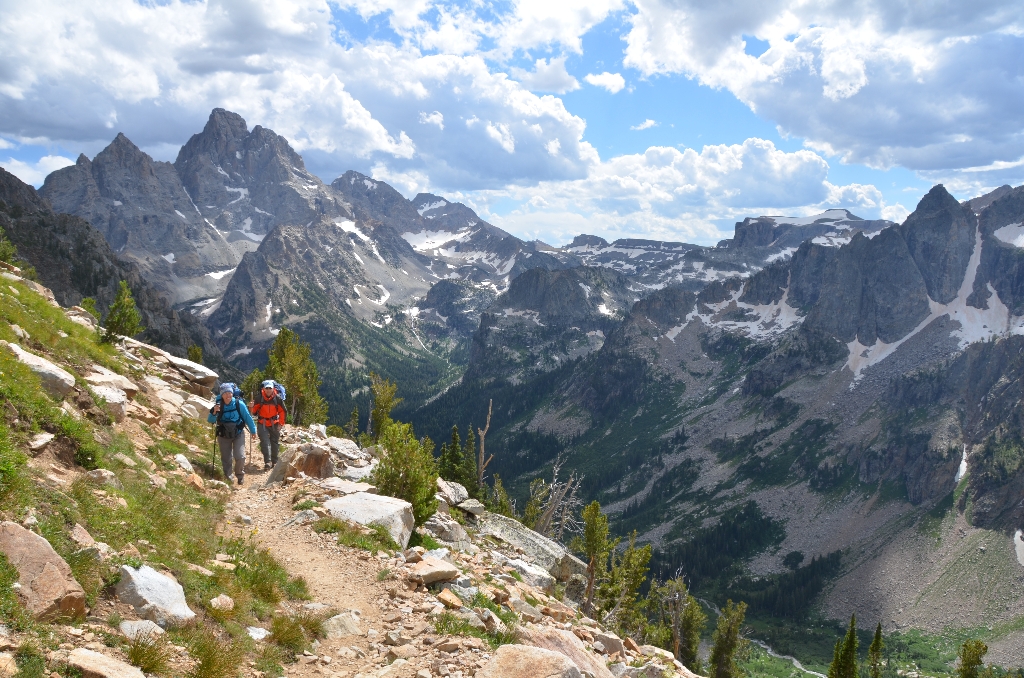
Grand Teton
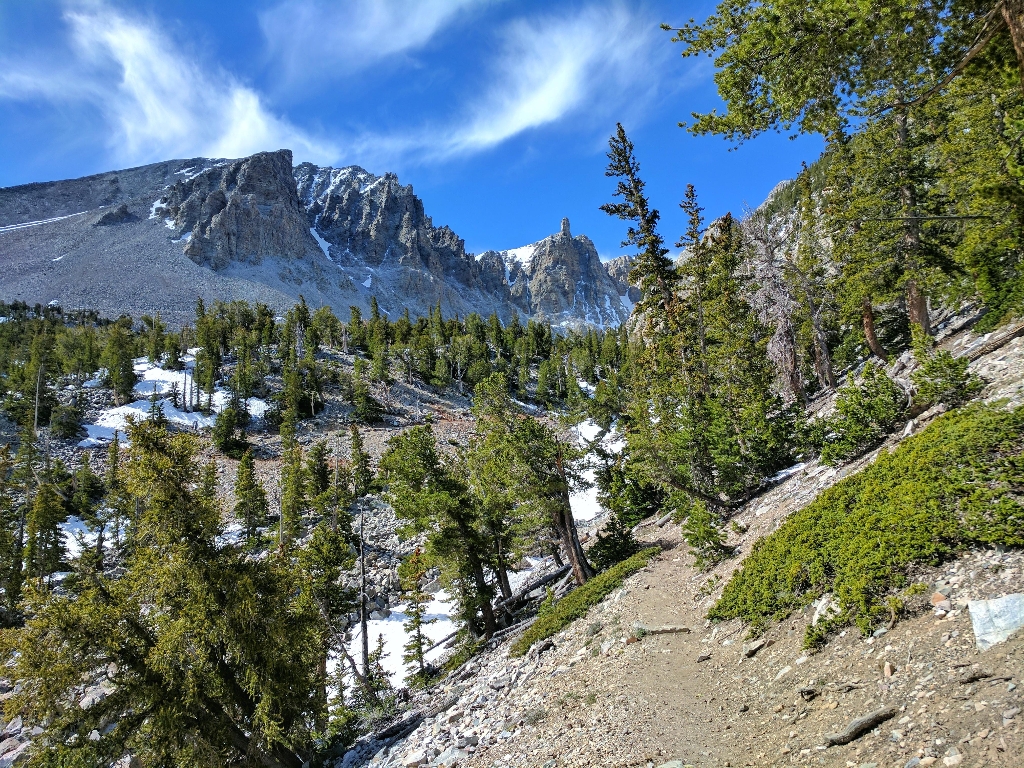
Great Basin
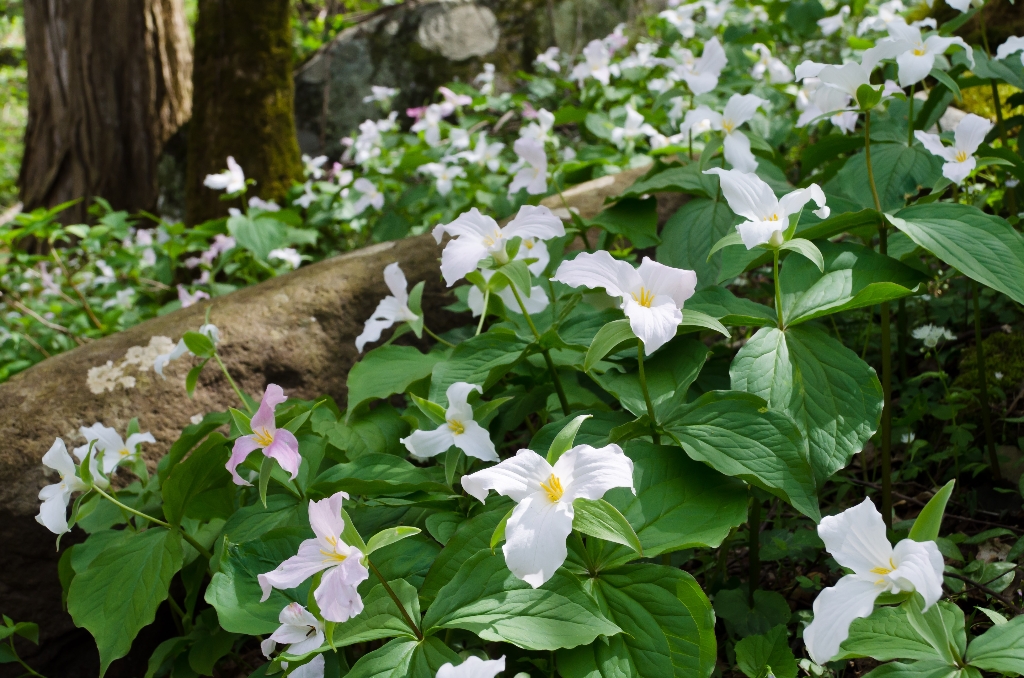
Great Smoky Mountains
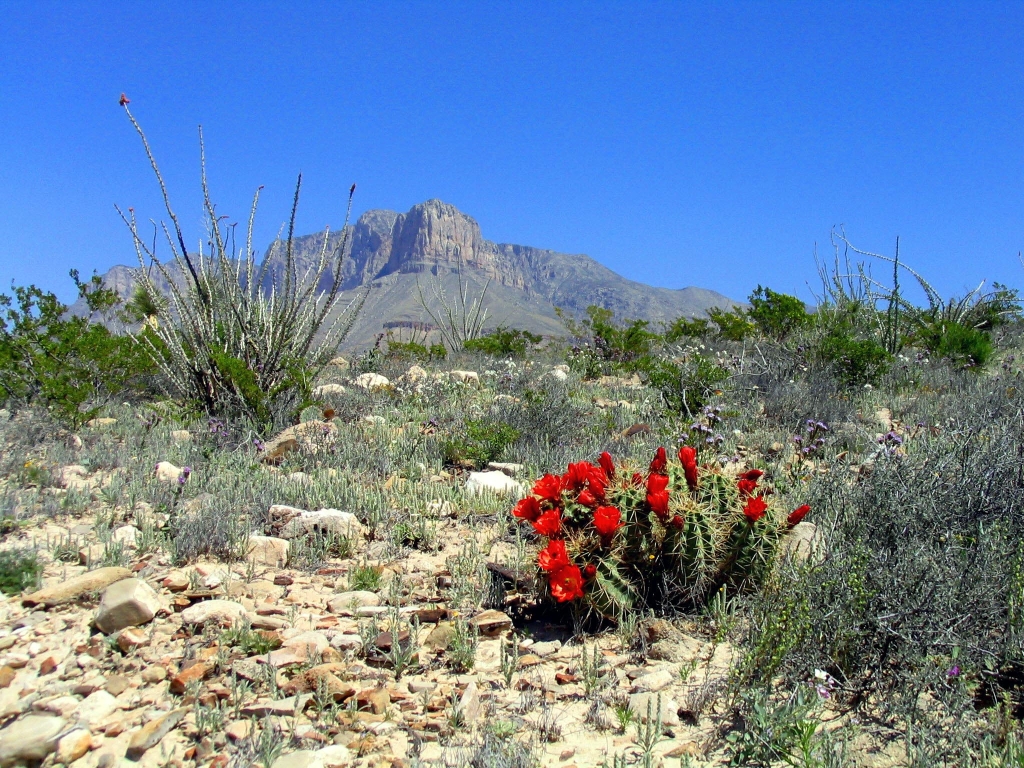
Guadalupe Mountains
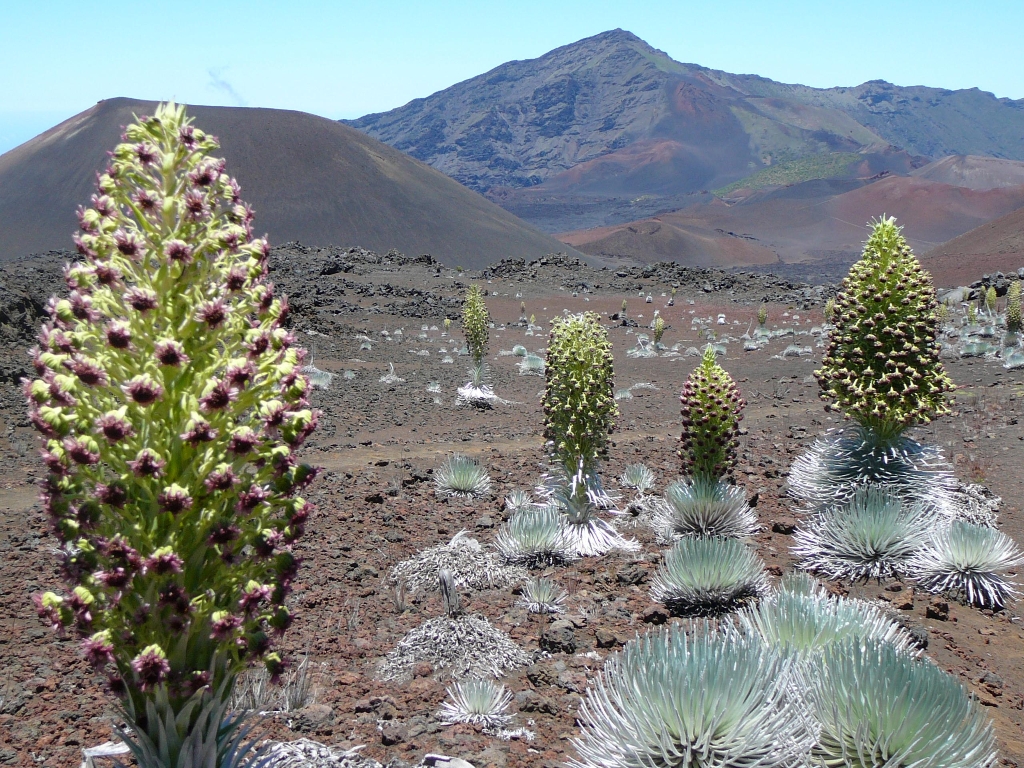
Haleakalā
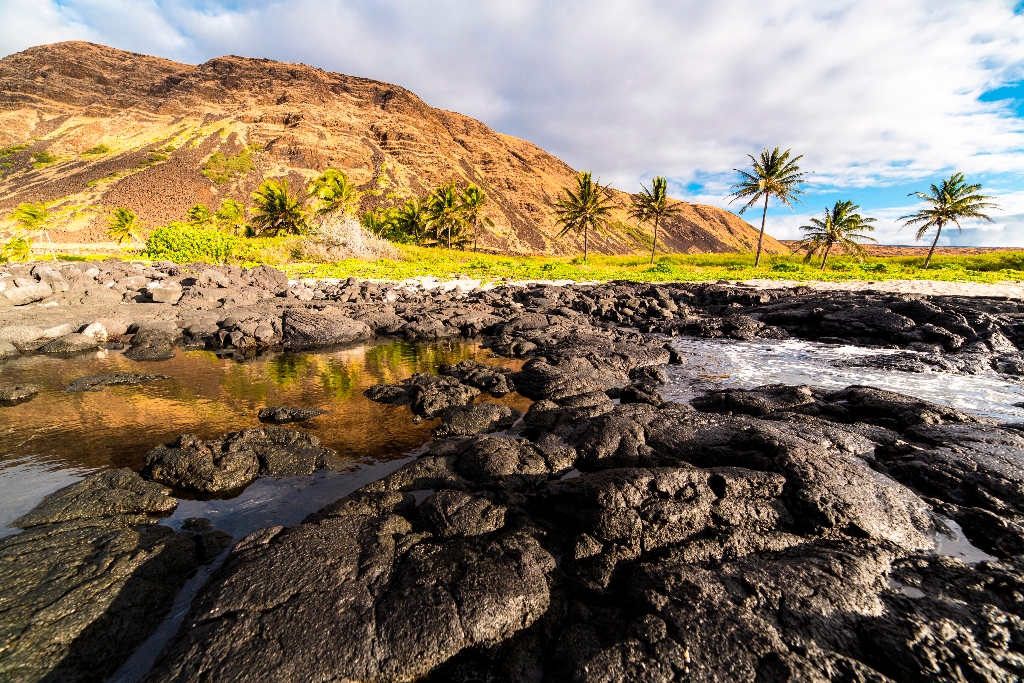
Hawaiʻi Volcanoes
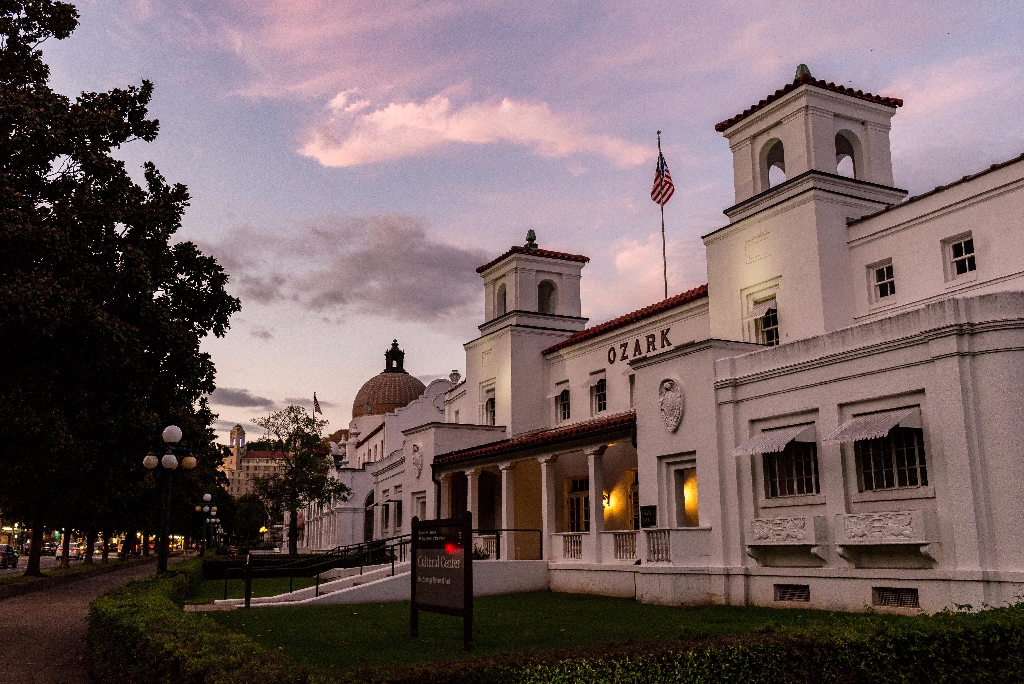
Hot Springs
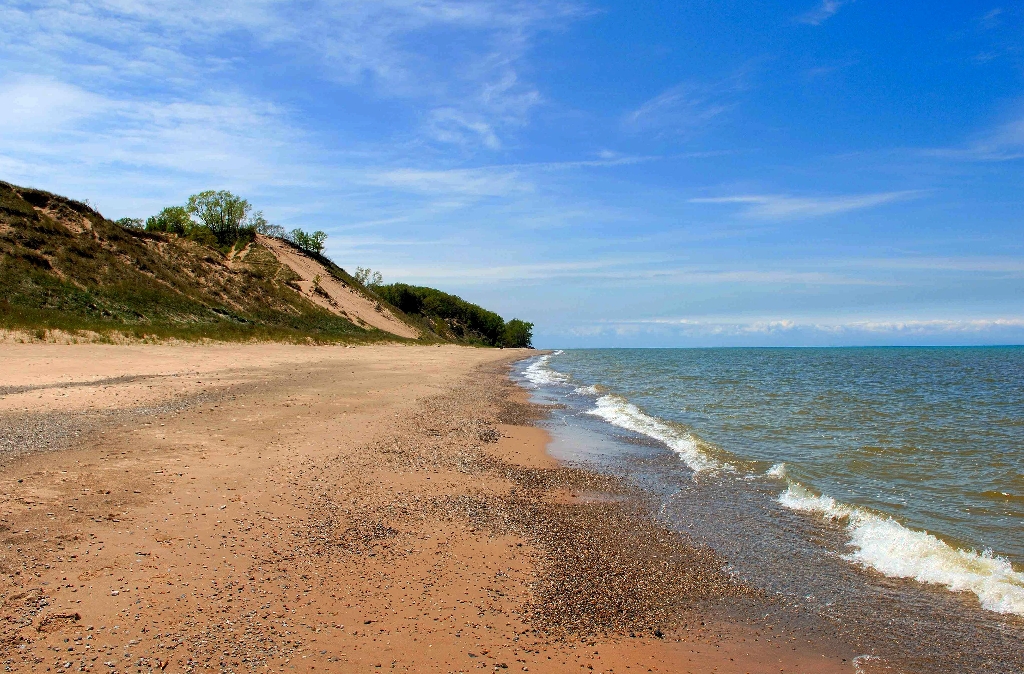
Indiana Dunes
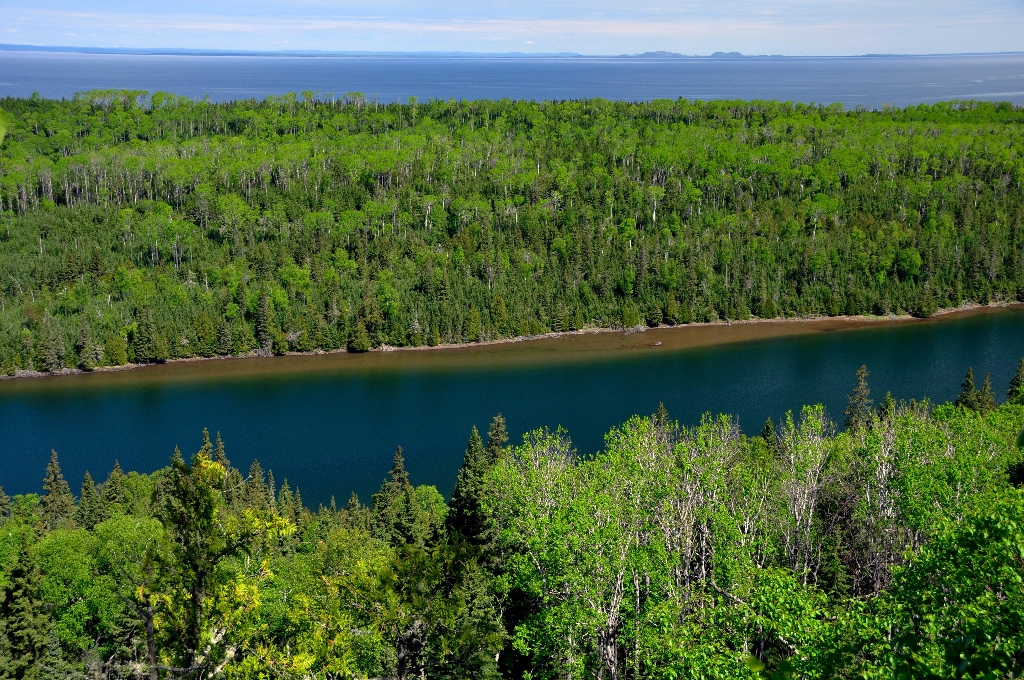
Isle Royale
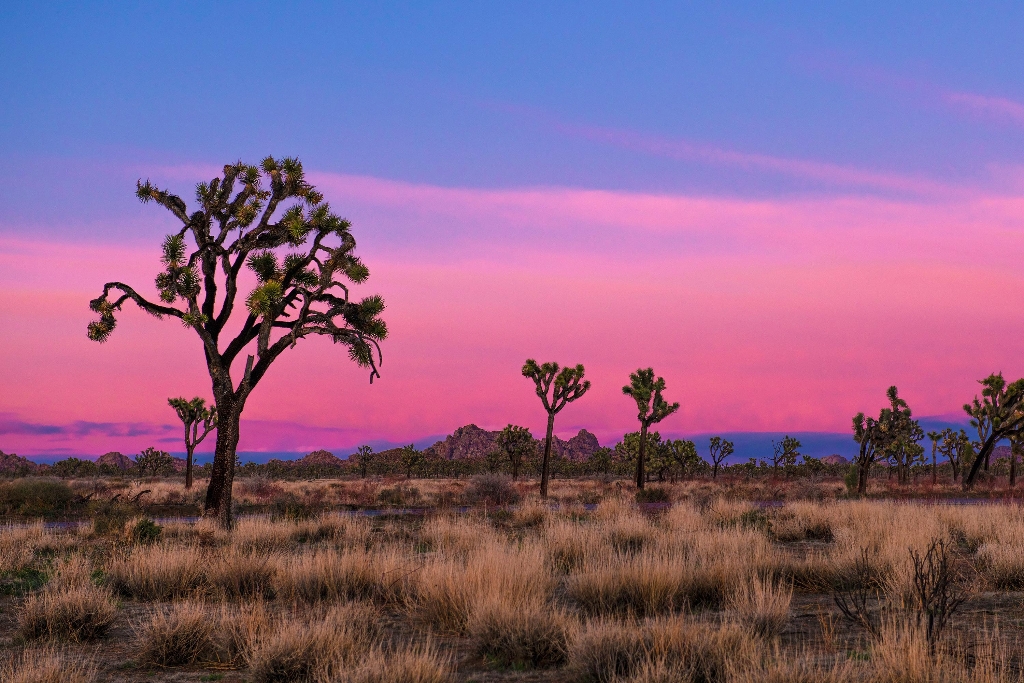
Joshua Tree
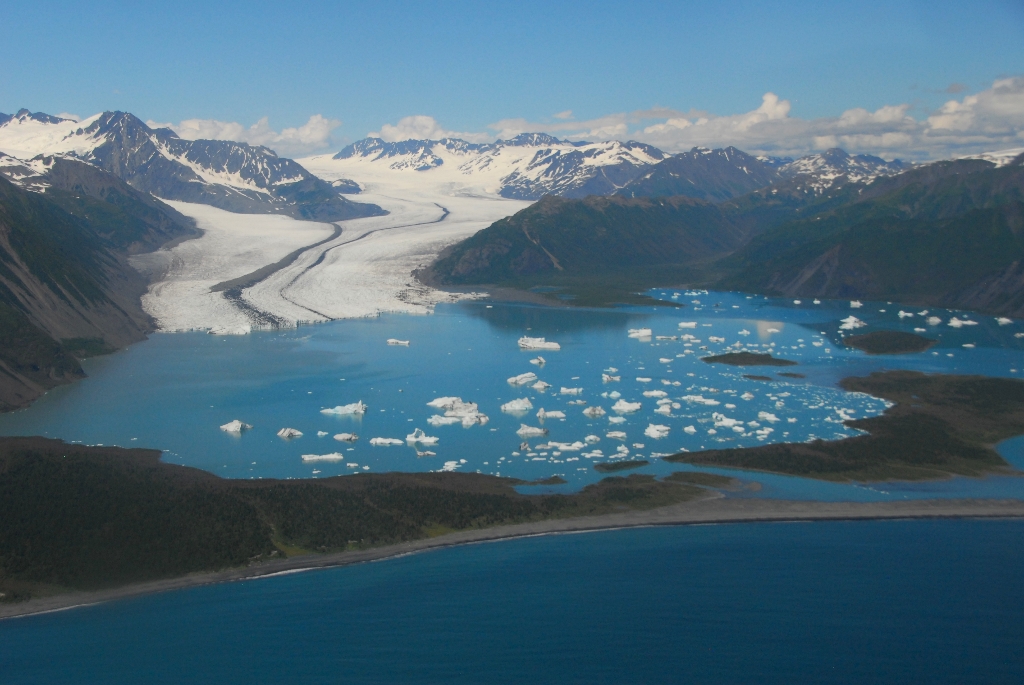
Kenai Fjords
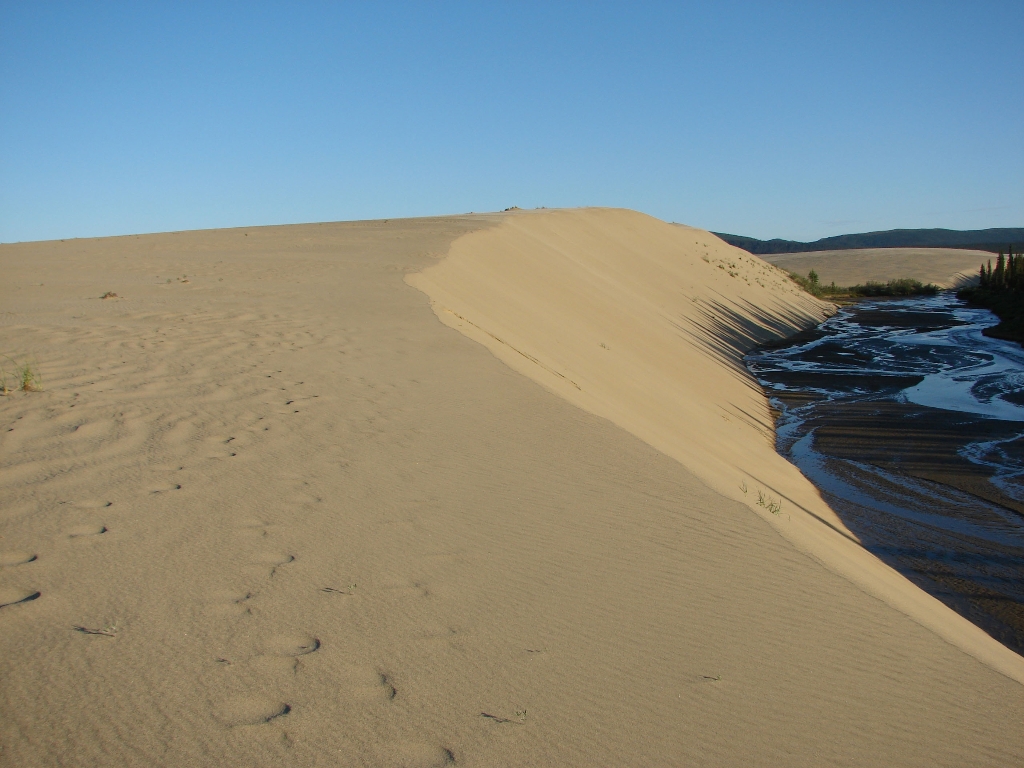
Kobuk Valley
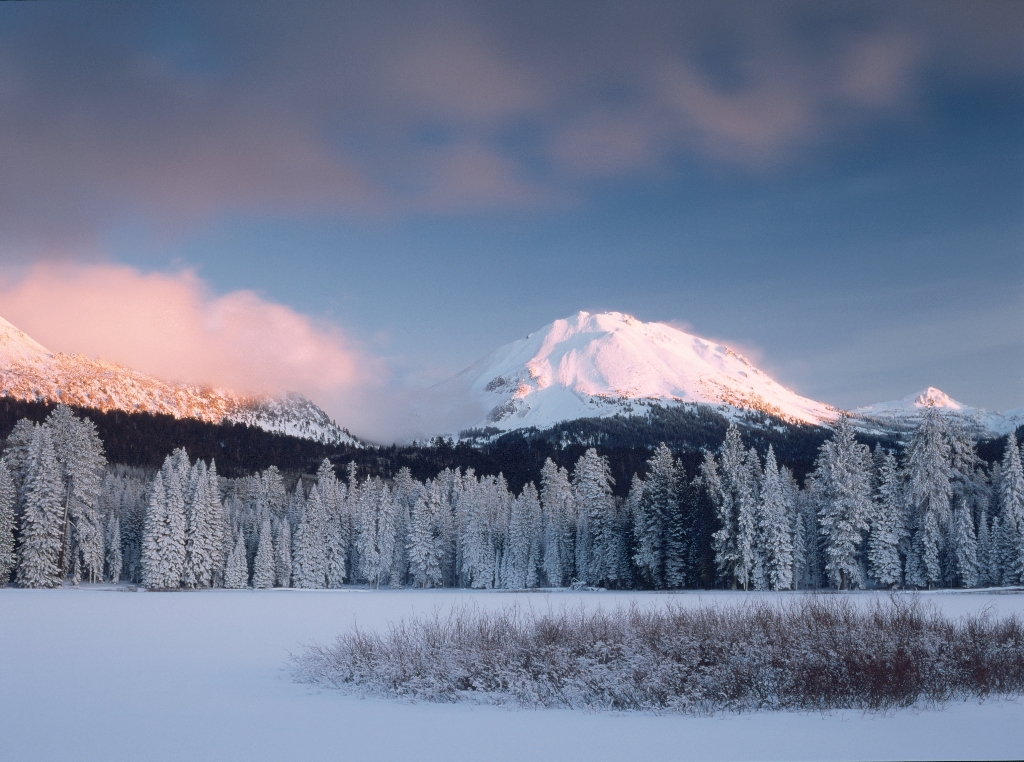
Lassen Volcanic
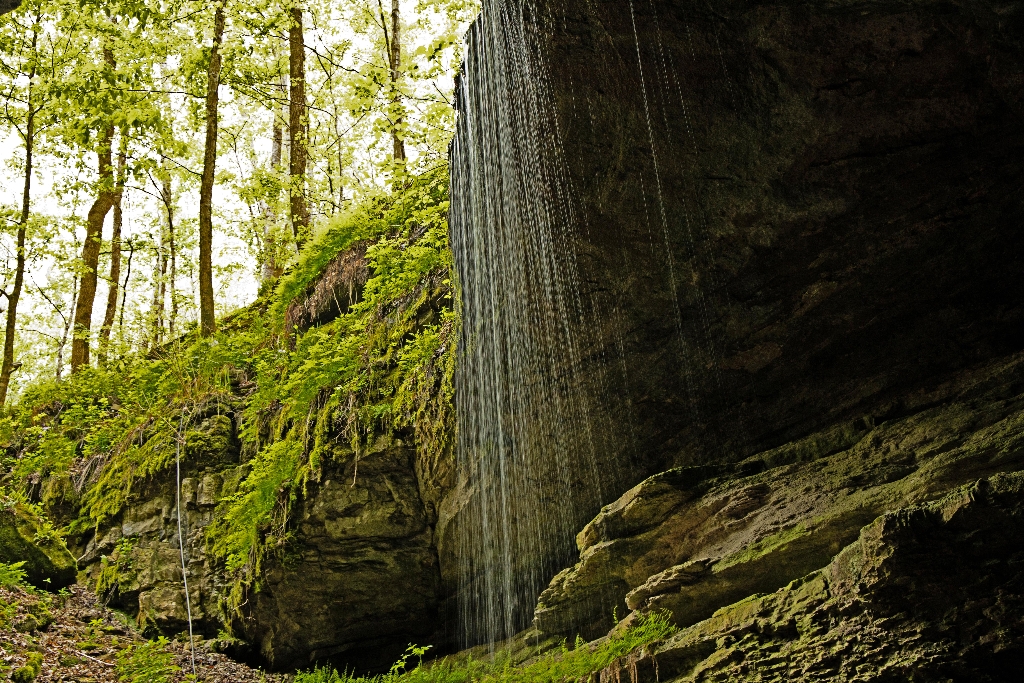
Mammoth Cave
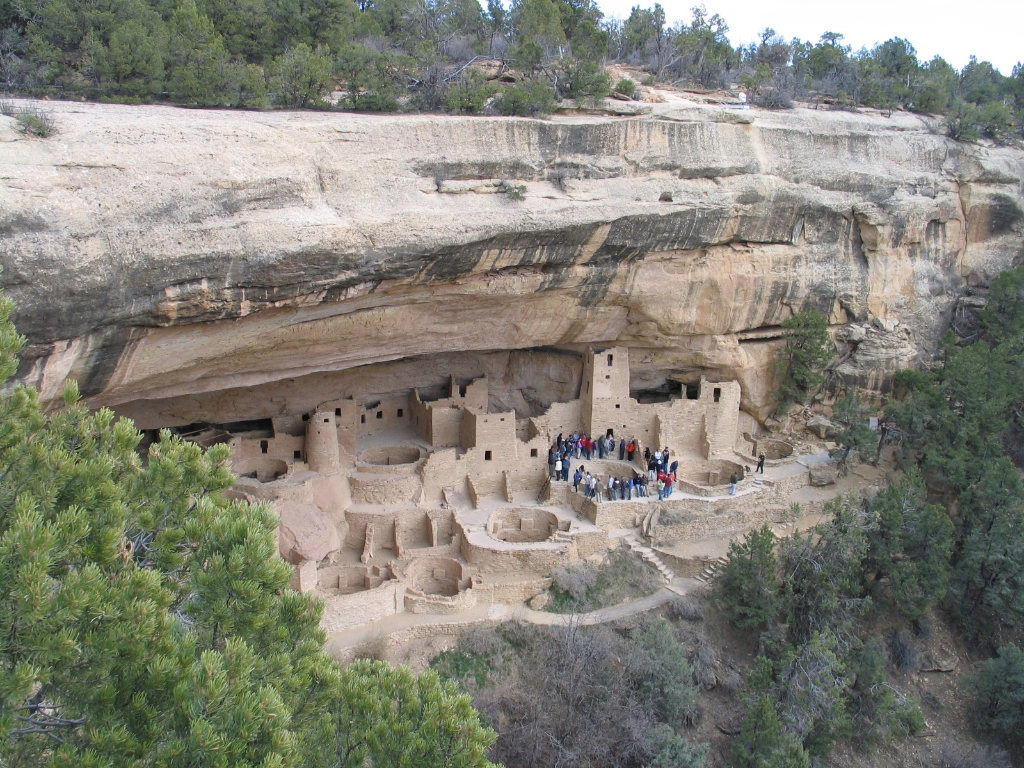
Mesa Verde
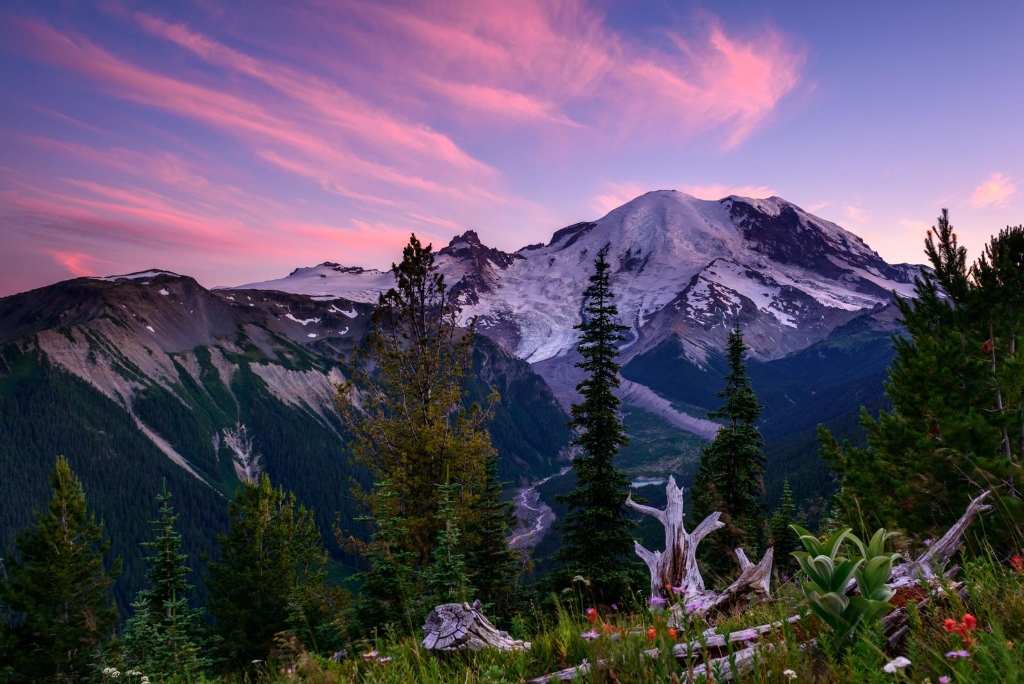
Mount Rainier
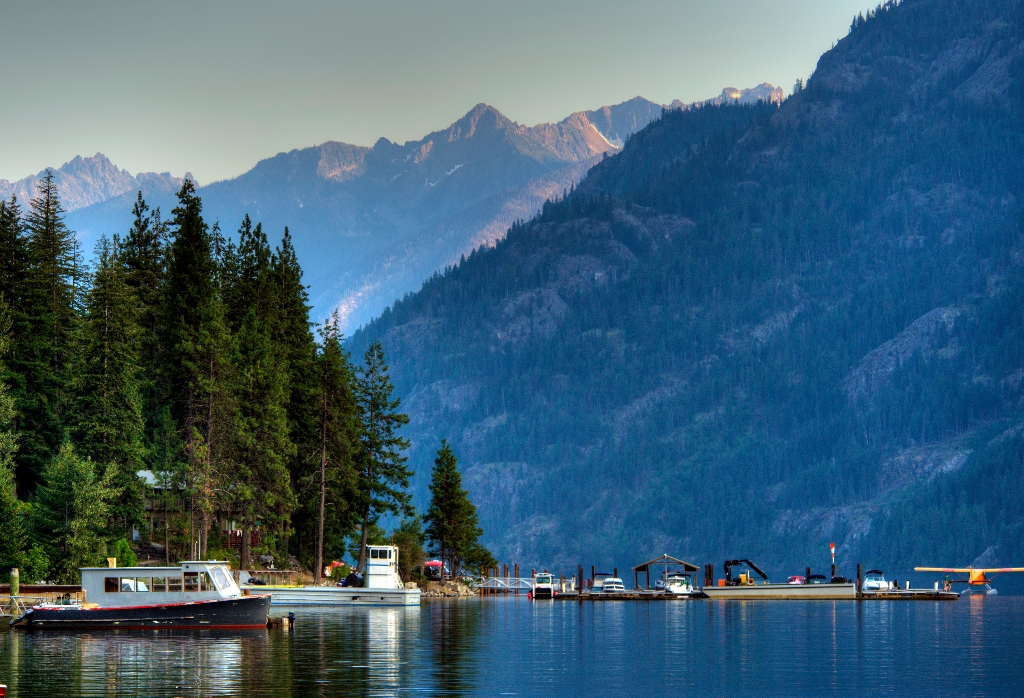
North Cascades
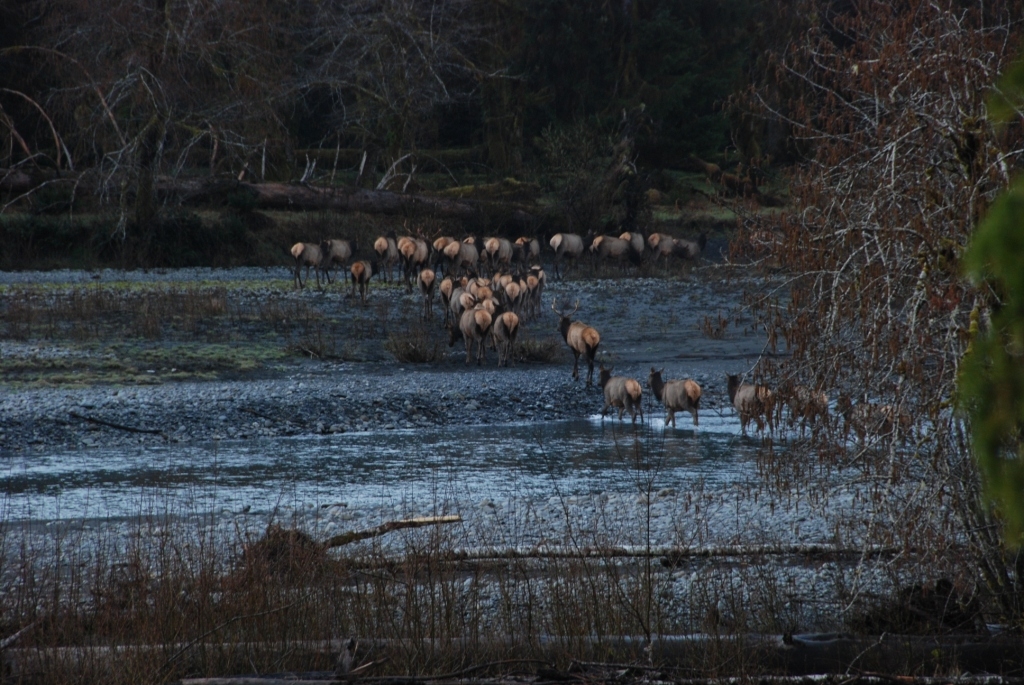
Olympic
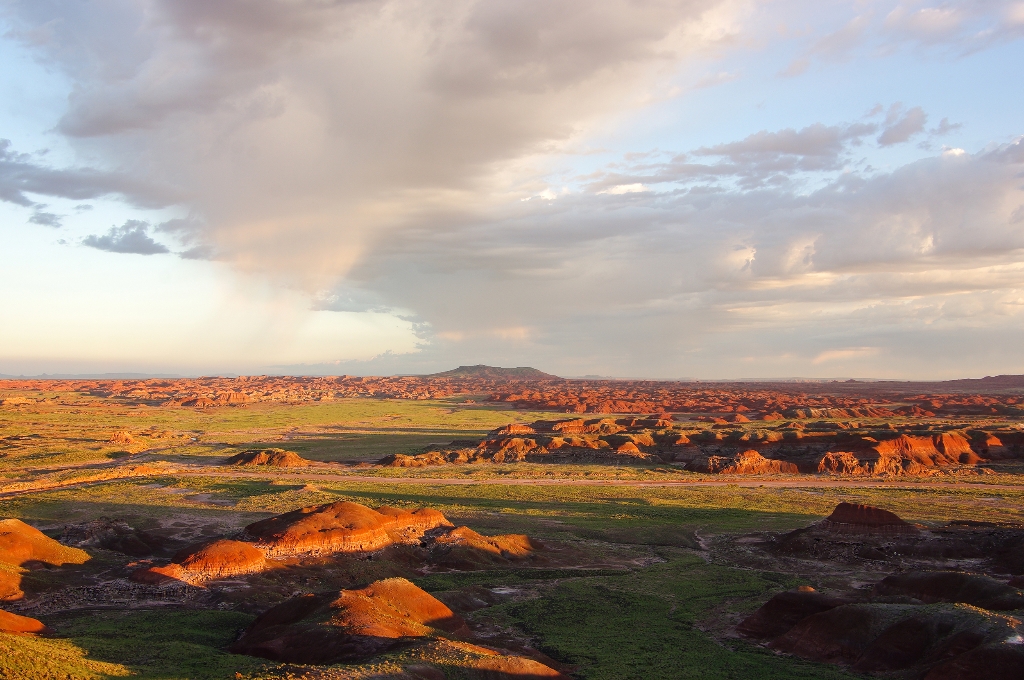
Petrified Forest
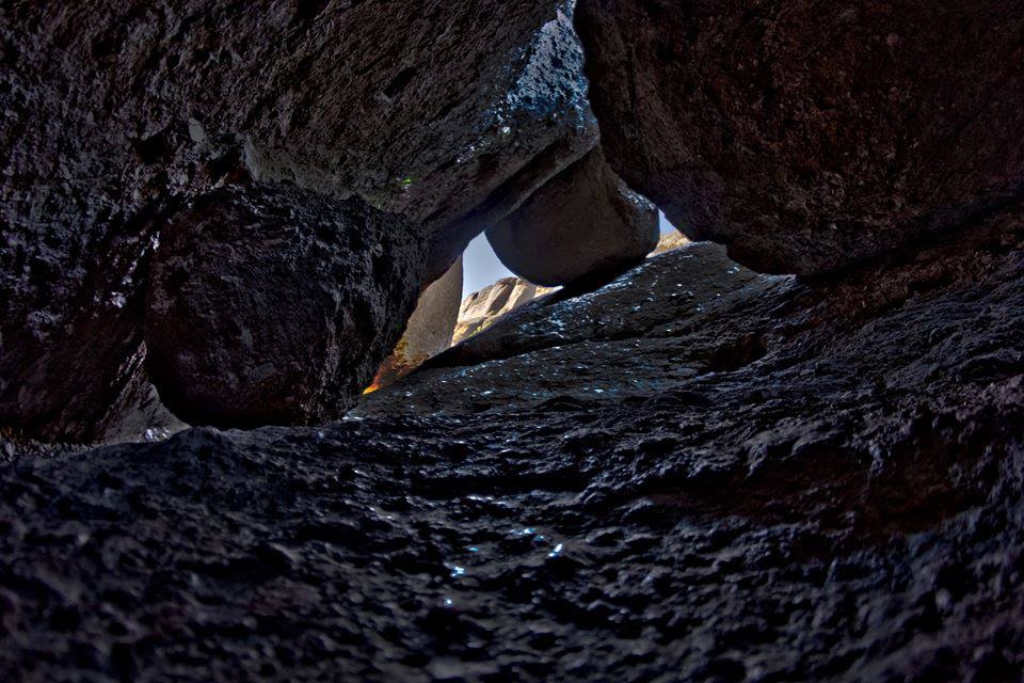
Pinnacles
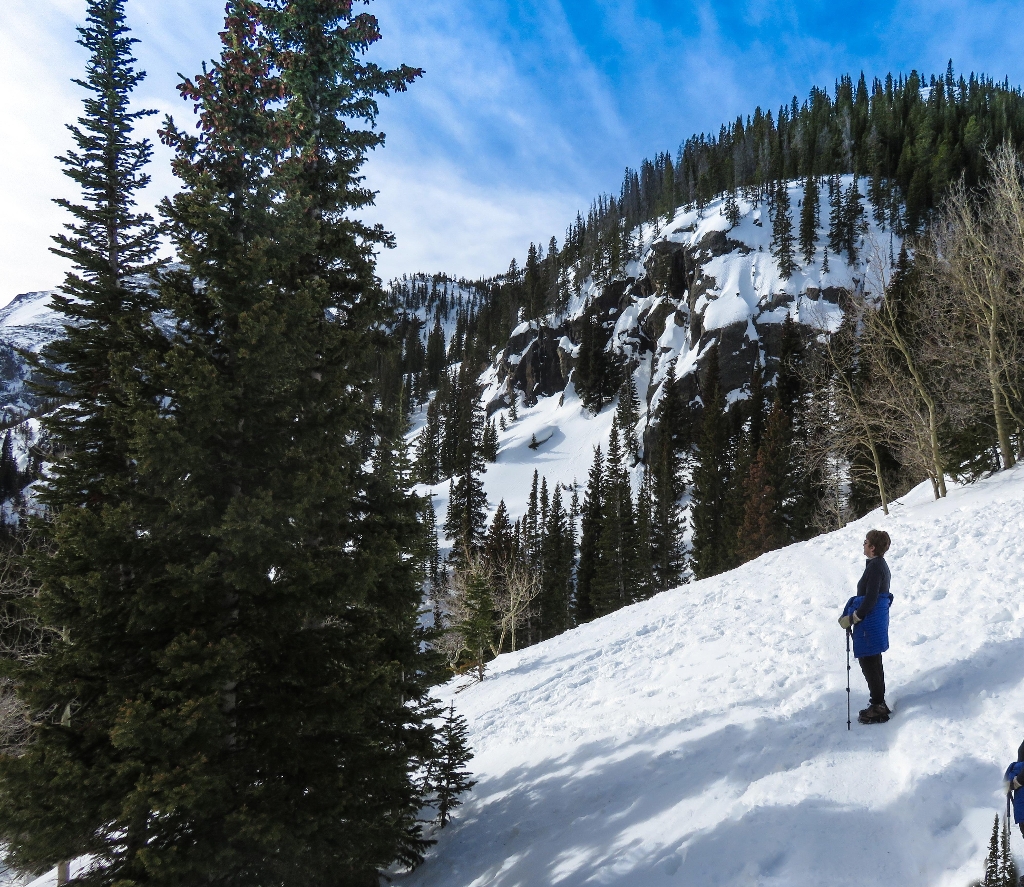
Rocky Mountain
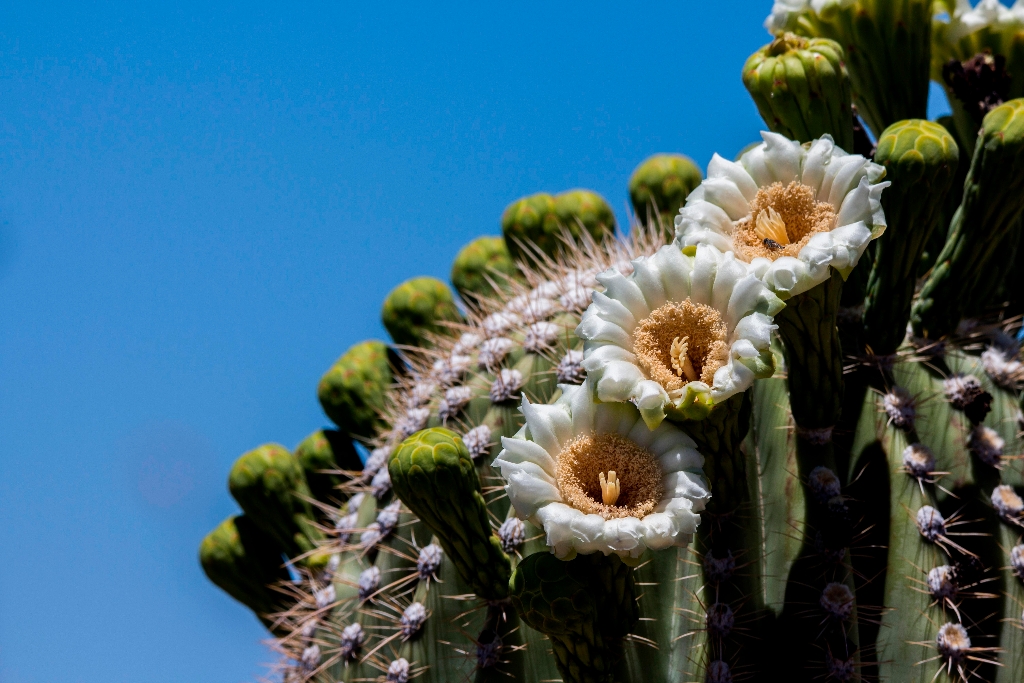
Saguaro
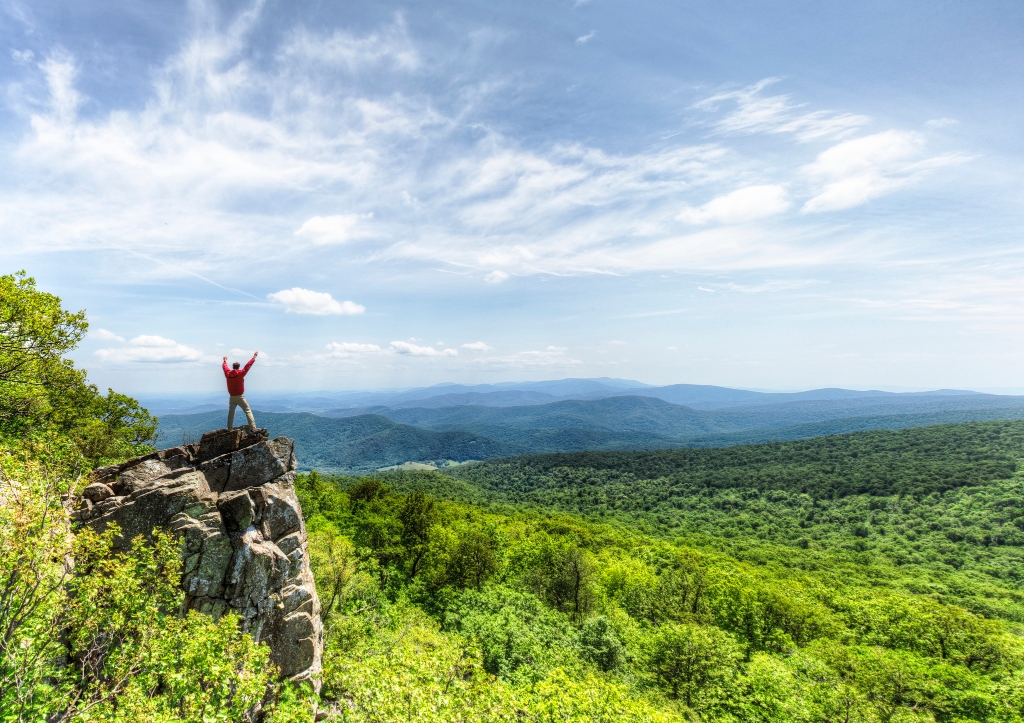
Shenandoah
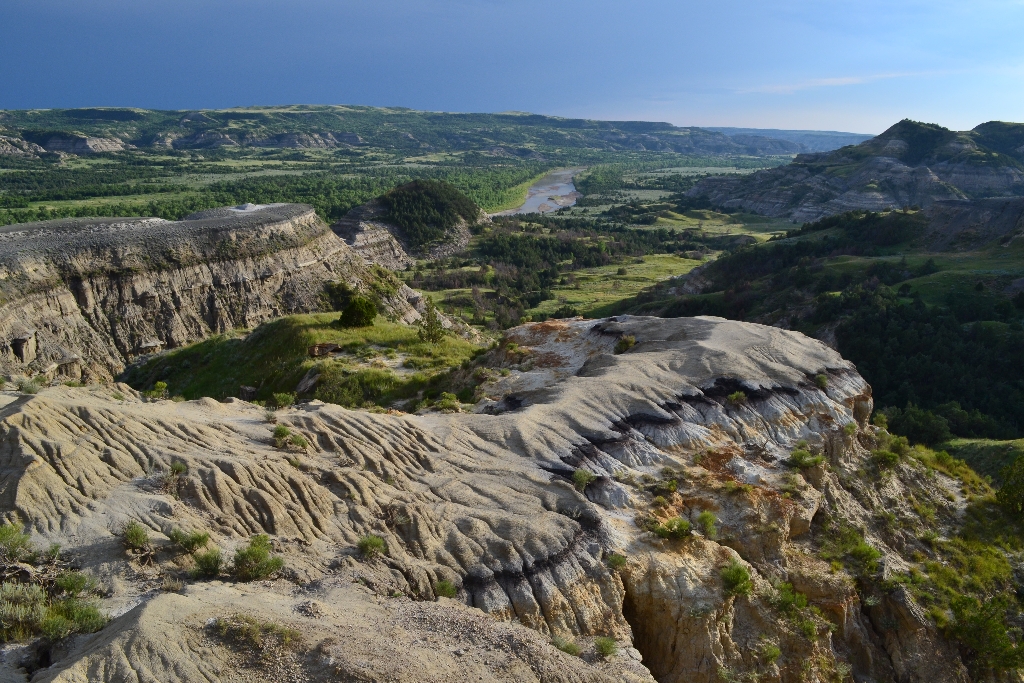
Theodore Roosevelt
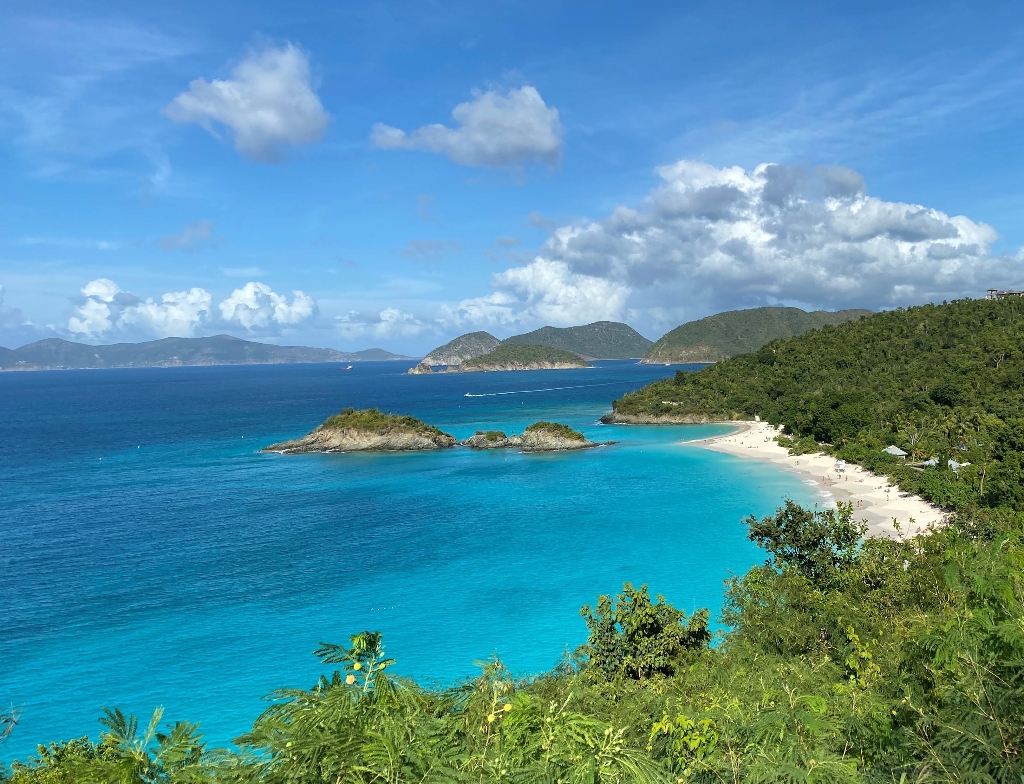
Virgin Islands
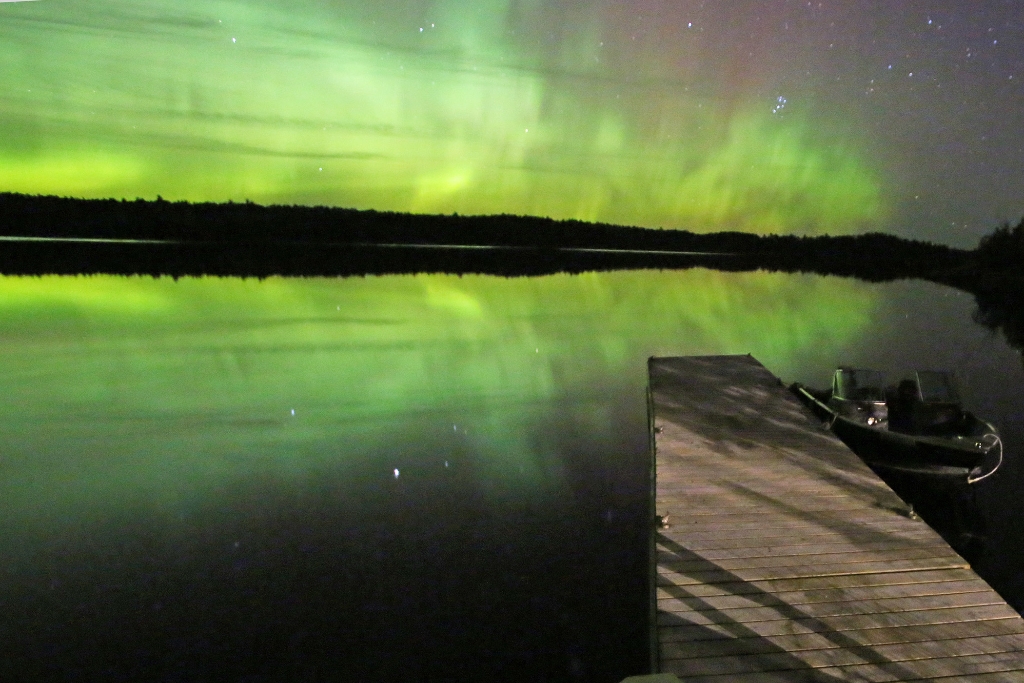
Voyageurs
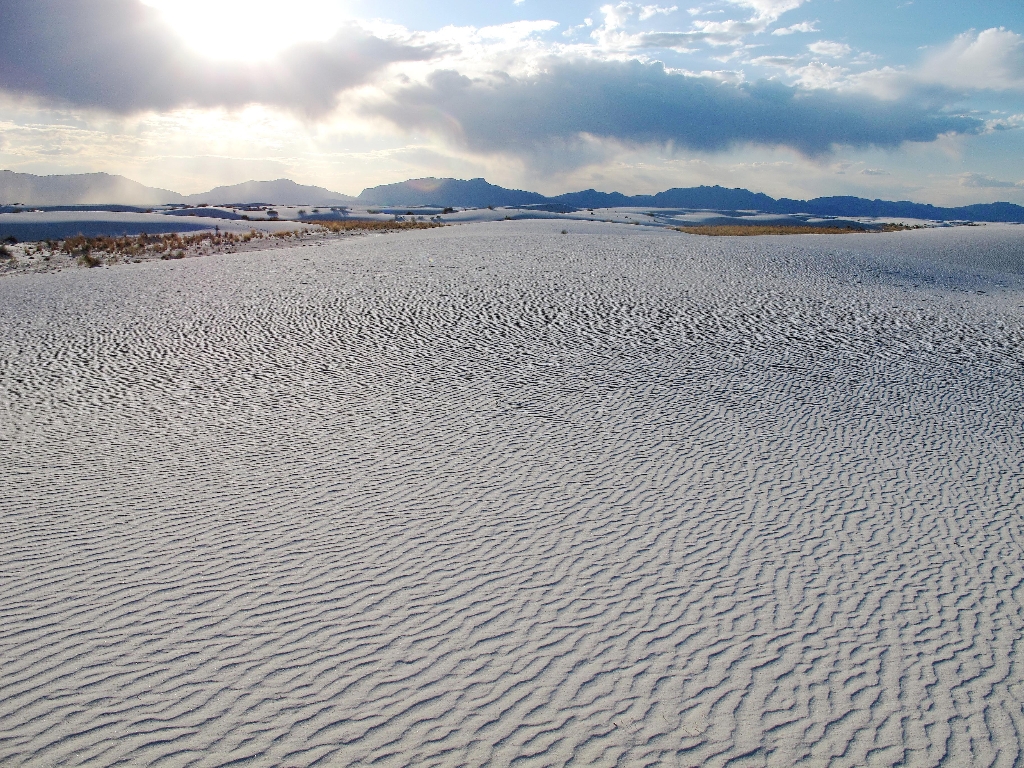
White Sands
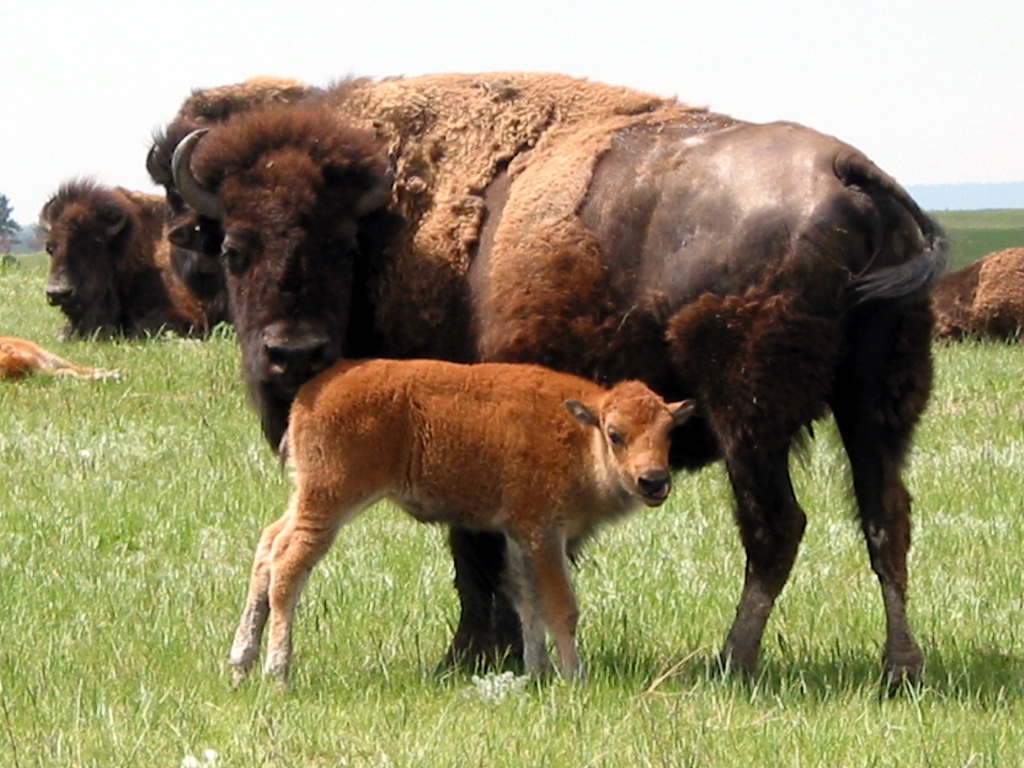
Wind Cave
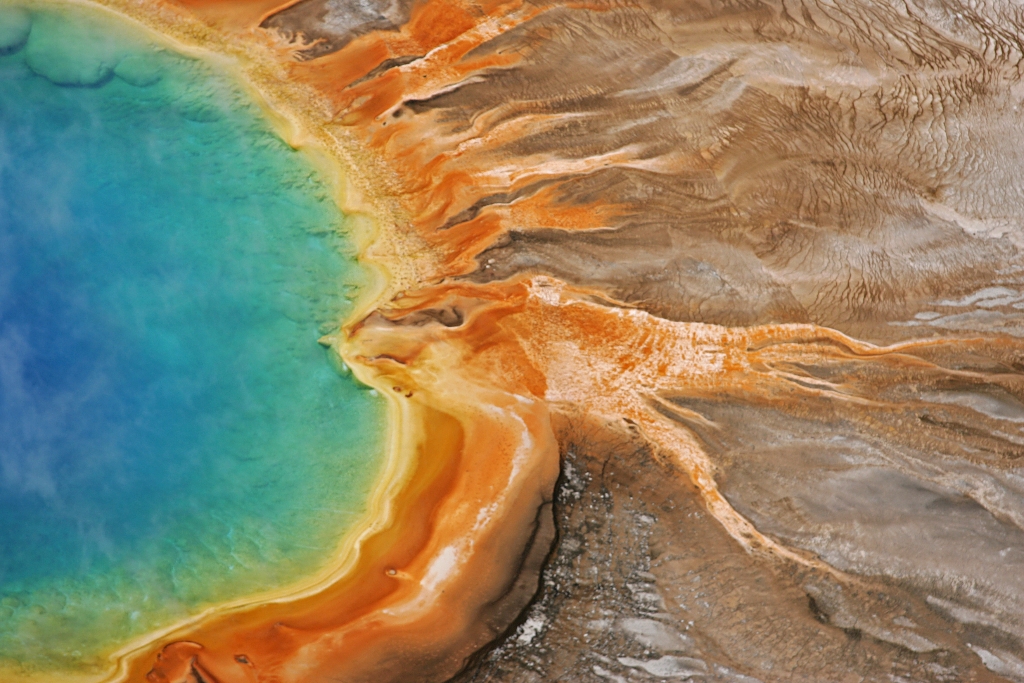
Yellowstone
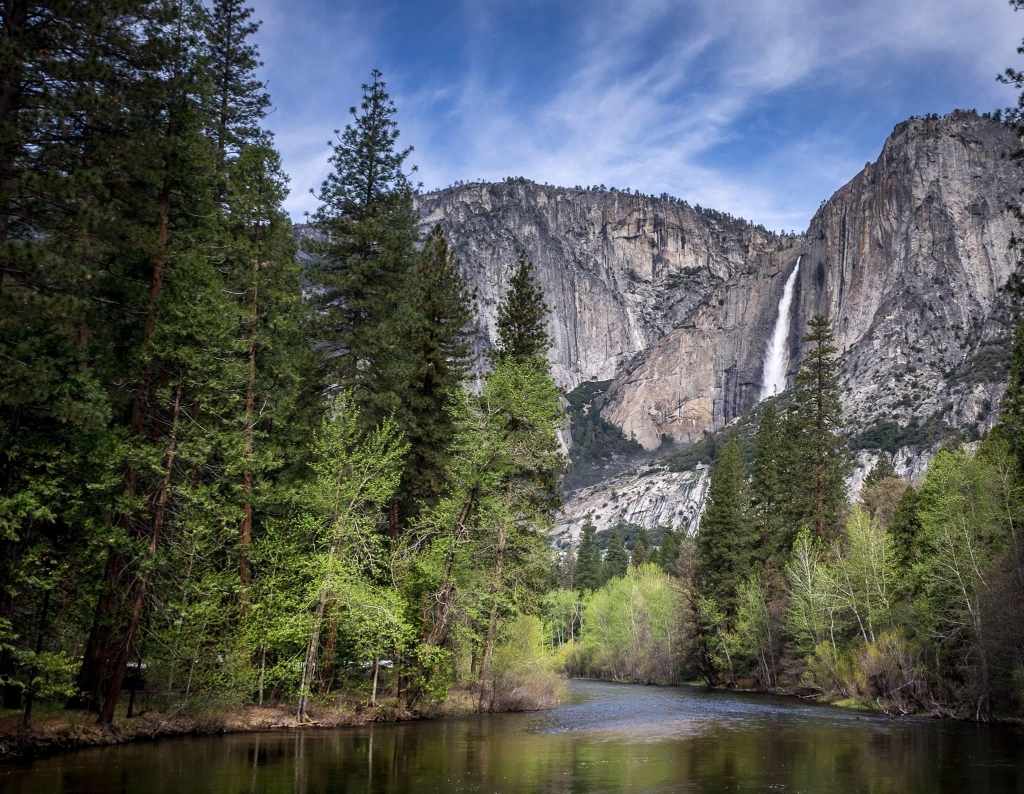
Yosemite
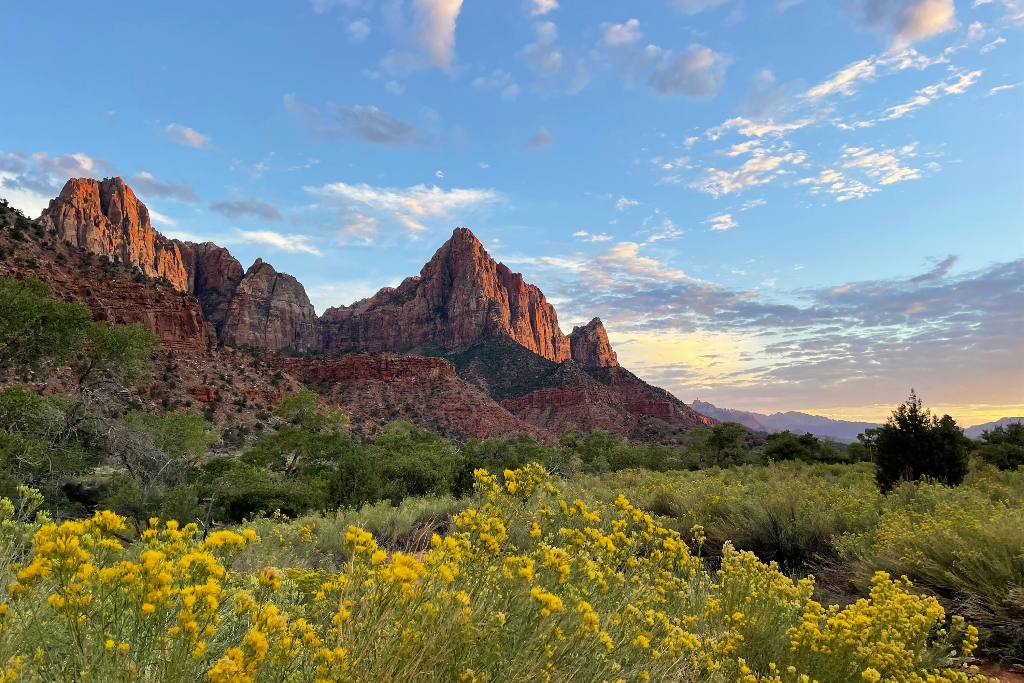
Zion